Clever Combination: The Audi Plug-in Hybrids
Ingolstadt, October 7, 2019 – In all-electric operation, they are locally emissions-free, efficient and sporty all at once: The new plug-in hybrid models for the medium-size to luxury class constitute an important element of Audi’s electrification strategy. They combine a gasoline engine with a powerful electric motor and a lithium-ion battery. This combination of sportiness and efficiency is unique in the competitive environment: Thanks to their high overall system performance, the plug-in hybrids convince customers with their sporty driving performance. At the same time, the predictive operating strategy adjusts the electric and conventional drive types such that customers benefit from a great electric range and low gasoline consumption.
Audi’s plug-in hybrid initiative: models and equipment variants
Audi is expanding the portfolio of the A7, A8, Q5 and Q7 model series consistently: with plug- in hybrids ranging from the medium-size class to the luxury class. A novelty in the premium segment: Audi is offering two model variants of the PHEV models Q5, A7 Sportback and Q7: a comfort model and a performance version with a greater system performance and sporty equipment options. The A7 Sportback* and the Q5* have a 2.0 TFSI motor under the hood. Given that the four-cylinder variants have a system output of up to 367 metric hp and the six- cylinder variants have an output of up to 456 metric hp, the Audi plug-in hybrids are among the most powerful vehicles in the competitive field.
The new PHEV models from Audi fascinate customers with their versatile character. On curvy roads, they impress with sporty and dynamic driving performance, enabled by the combination of quattro drive, a torquey electric motor and a powerful gasoline engine. They enable locally emissions-free mobility in the city and extensive stretches with a long range and reduced consumption on long-distance journeys. This makes them ideal for commuters and company car drivers in particular. The electric-only range accounts for more than 40 kilometers
(24.9 mi) in the WLTP cycle for every model. With the E license plate under the German Electric Mobility Act, owners also enjoy tax advantages and municipal road privileges.
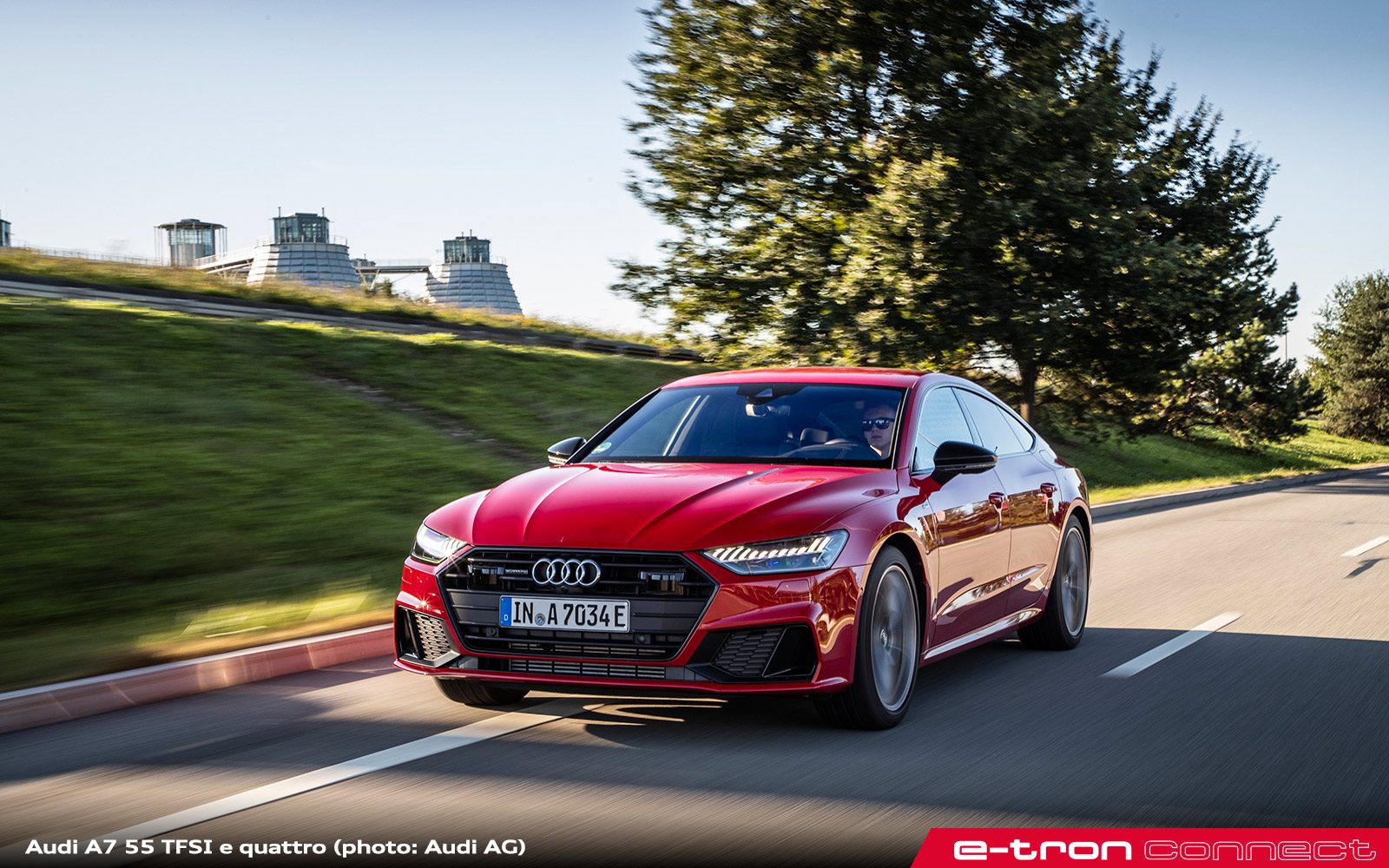
Powertrain and battery
In line with the vehicle segment and vehicle type, Audi is relying on custom-made powertrains for its plug-in hybrids. Given that the aim was to generate the optimum system output for each model, the focus during development was on the harmonious interaction of the different drive components.
The PHEV models of the Q5 55 TFSI e quattro (combined fuel consumption in l/100 km**: 2.4– 2.0 (98.0–117.6 US mpg); combined CO2 emissions in g/km**: 53–46 (85.3–74.0 g/mi)) and A7 Sportback 55 TFSI e quattro (combined fuel consumption in l/100 km**: 2.1–1.9 (112.0– 123.8 US mpg); combined CO2 emissions in g/km**: 48–44 (77.2–70.8 g/mi)) are 5.6 seconds and 250 km/h (155.3 mph) product lines are fitted with a 2.0 TFSI that outputs 185 kW
(252 metric hp) and 370 Nm (272.9 lb-ft) of torque. The system torque already reaches its maximum of 500 Nm (368.8 lb-ft) at 1,250 rpm. The PHEV models with a four-cylinder combustion engine also deliver a sporty performance paired with low consumption. The Q5 55 TFSI e quattro (combined fuel consumption in l/100 km**: 2.4–2.0 (98.0–
117.6 US mpg); combined CO2 emissions in g/km**: 53–46 (85.3–74.0 g/mi)) accelerates from zero to 100 km/h (62.1 mph) in 5.3 seconds and reaches a top speed of up to 239 km/h (148.5 mph). The values for the A7 Sportback 55 TFSI e quattro (combined fuel consumption in l/100 km**: 2.1–1.9 (112.0–123.8 US mpg)); combined CO2 emissions in g/km**: 48–44 (77.2–70.8 g/mi)) are 5.6 seconds and 250 km/h (155.3 mph).
The power for the electric motor is generated by a liquid-cooled lithium-ion battery located beneath the luggage compartment floor. It stores 14.1 kWh (Q7: 17.3 kWh) of energy at a voltage of 385 V.
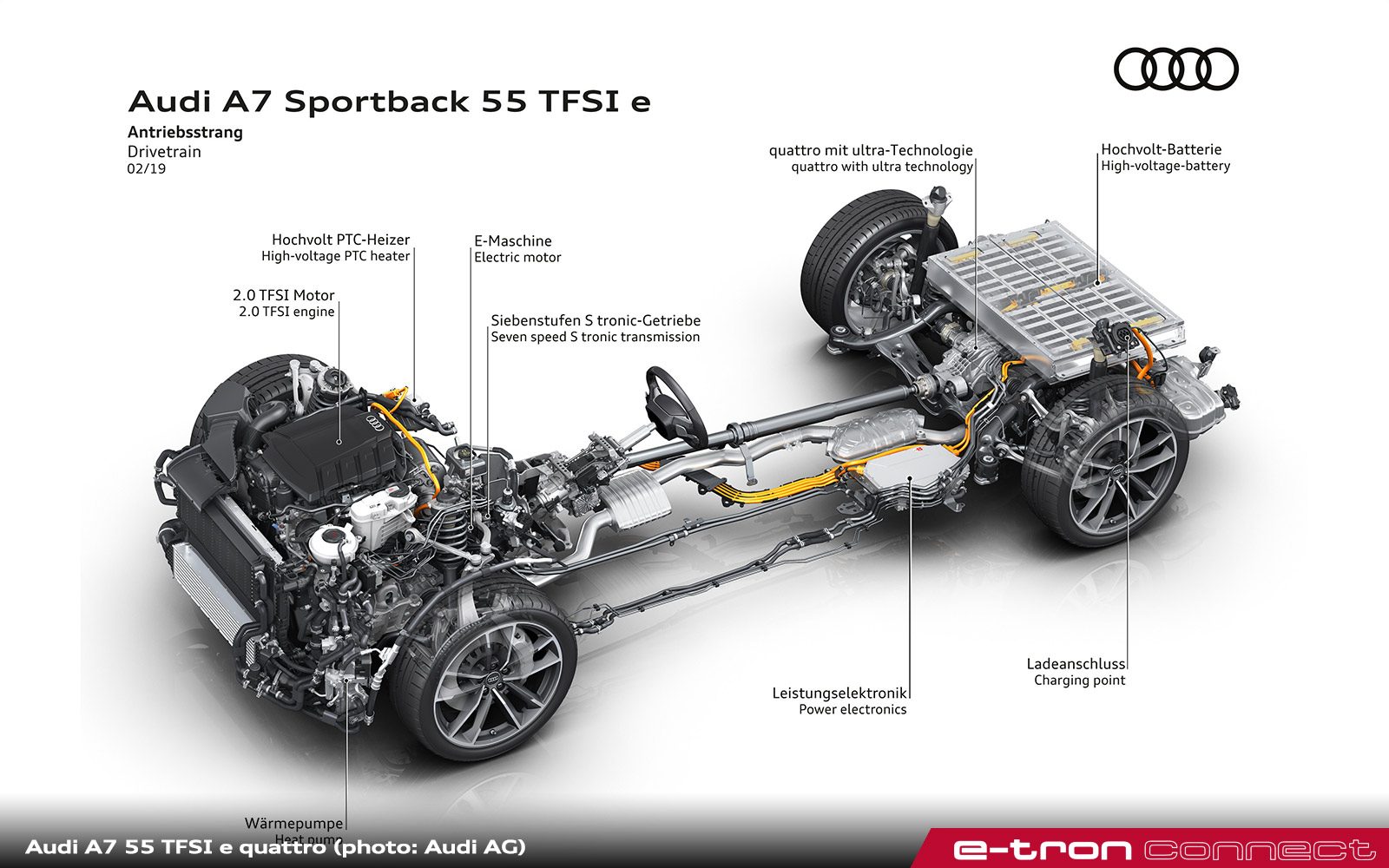
The plug-in hybrids are equipped with quattro drive as standard
Maximum traction, even with poor road surface and weather conditions, and high agility, even with a sporty driving style: As is typical for Audi, quattro drive is a must in the plug-in hybrids. The power is transmitted via all four wheels as standard in all new plug-in hybrid models, in the six-cylinder models with permanent quattro and in the four-cylinder models with quattro ultra. With quattro ultra, the vehicle is generally powered via the front axle, with the rear axle being activated via the clutch predictively and depending on the situation. This is particularly efficient in calm driving situations and also safe and dynamic when necessary. The other PHEV models are equipped with a quattro center differential with purely mechanical regulation that distributes the torque between the front and rear axles at a ratio of 40:60 in normal driving operation. When required, it transfers the majority of the drive torque to the axle with the better traction.
In all new plug-in hybrid models from Audi, the electric motor of the hybrid powertrain is integrated in the transmission and positioned between the combustion engine and the transmission. The hybrid module consists of the electric motor and a separator clutch that connects the TFSI engine with the powertrain. The separator clutch is located directly upstream of the transmission: The Q5 and A7 are fitted with the seven-speed S tronic, while the other models feature the eight-speed tiptronic.
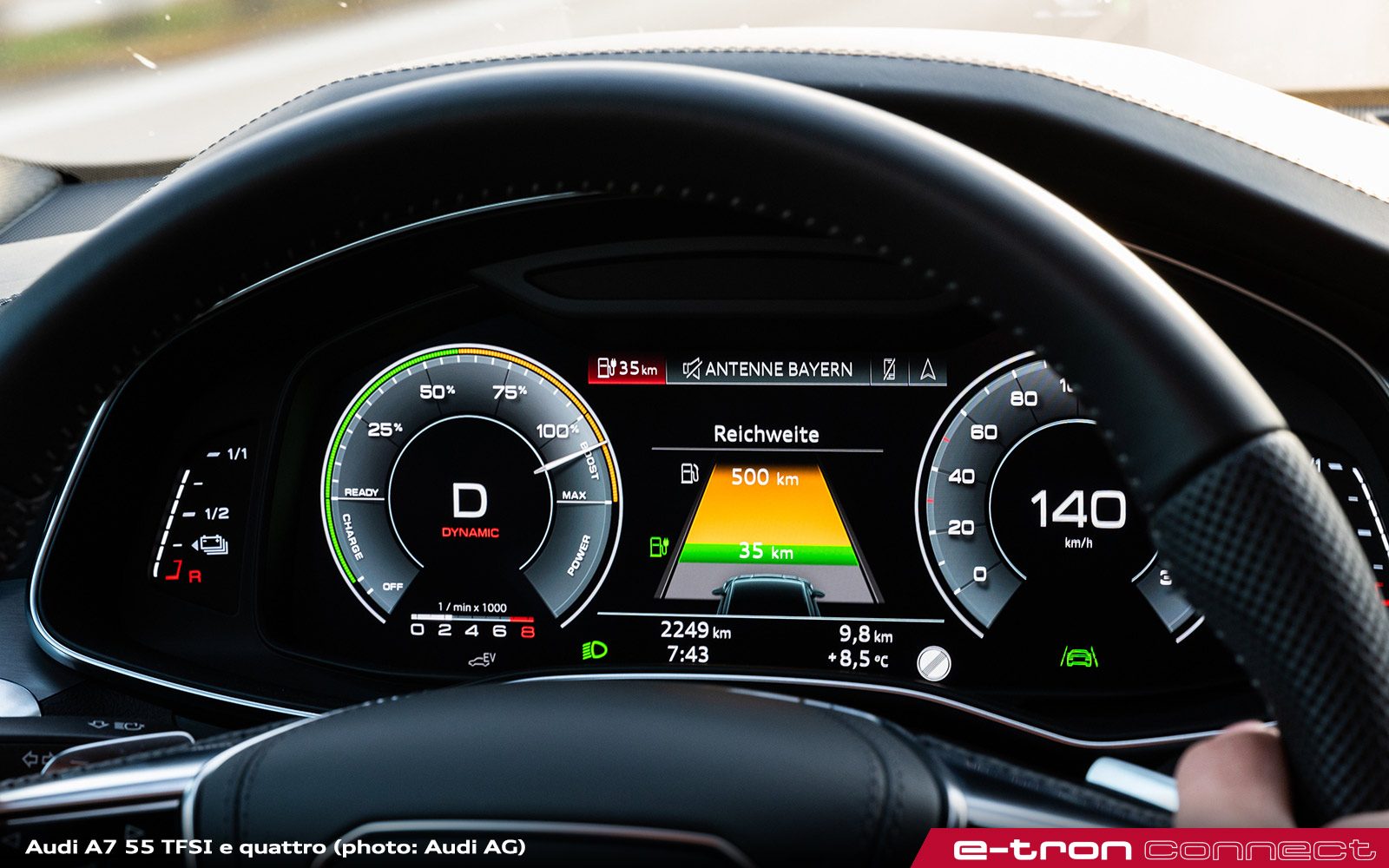
Battery management: recuperation, gliding and boost
The powertrain strategy is tuned so as to provide the driver with the most versatile driving experience possible. It is maximally efficient with a large amount of electric driving while the boost and torquey electric motor also make it very sporty when necessary.
The electric motor performs most of the decelerations in everyday driving. Starting from medium-heavy brake operations in the area above 0.3 g, the electric motor and the hydraulic wheel brakes work together. Sophisticated vehicle tuning ensures that the transition between the alternator and wheel brakes (“blending”) is barely perceptible and that the power in the brake pedal is easy to modulate. The control of the powertrain allows a recuperation power of up to 80 kW during brake operation.
The electric motor assists the combustion engine through the boost function, whose characteristic depends on the drive program selected. Depending on the model and engine configuration, it now reaches 500 Nm (368.8 lb-ft) (Q5, A7) and 700 Nm (516.3 lb-ft) (Q7, A8), respectively—200 Nm (147.5 lb-ft) more than the TFSI can achieve alone.
When the driver takes their foot off the accelerator, drive management selects the best of the three possibilities for the situation: In the speed range up to 180 km/h (111.8 mph), the new PHEV models can glide with the TFSI engine deactivated. The combustion engine responds quickly and is started up almost imperceptibly by the electric motor alone.
In transmission stage “S”, which is preselected in the “dynamic” drive select profile, the electric motor always remains active in overrun mode and recuperates energy. In the other settings that involve cooperation with the predictive efficiency assist, recuperation takes place whenever it is more sensible from an energy perspective than gliding operation. Recuperation ranges up to around 0.1 g of deceleration and a charging capacity of 25 kW.
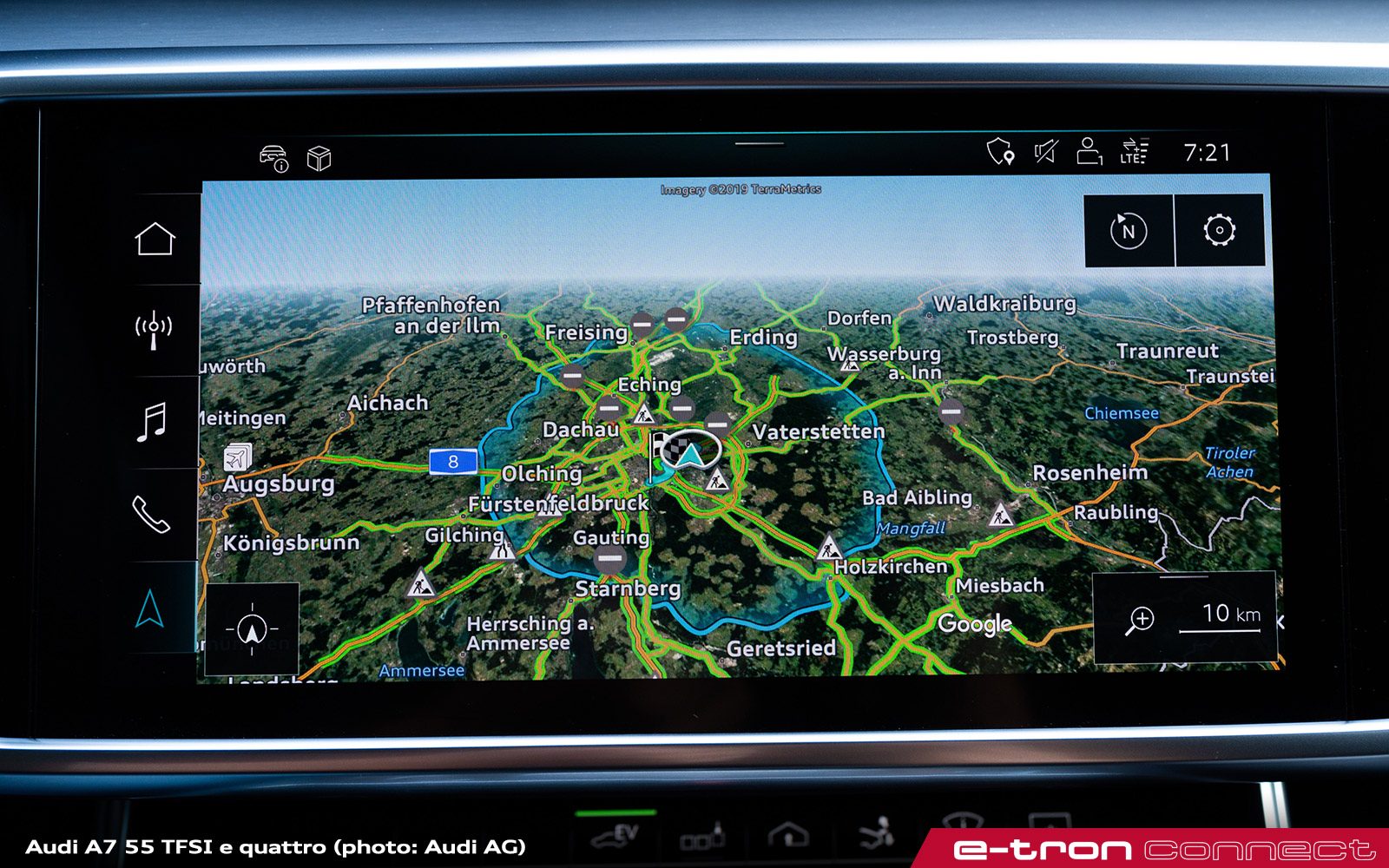
The predictive efficiency assist (PEA) and predictive operating strategy (PBS)
The predictive operating strategy is the technological centerpiece of the PHEV models. It enables the vehicle to achieve a long electric range and excellent recuperation power. The customer can clearly feel the ride comfort and ease of operation.
The PEA regulates the drive and recuperation behavior depending on the situation on the basis of immediate and nearby parameters of the predictive route data. These include upcoming town signs, intersections, roundabouts, the topography, which includes corners, uphill and downhill gradients, known speed limits, but also vehicles driving in front that are detected by the radar sensor. It informs the driver by means of corresponding displays and provides a haptic impulse via the accelerator pedal to remind them to take their foot off the gas.
The PBS regulates the drive and recuperation behavior throughout long-term route planning. It takes sections on the route that are driven on highways, on country roads and in cities into account when calculating the most efficient powertrain strategy, as well as the current traffic situation along the route, known speed limits and topological data. The PBS is activated automatically with the route guidance of the navigation system. The PBS constantly evaluates the route data, taking real-time events like traffic jams or dense city traffic into account, and adapts its calculations to the driver’s style. Based on this data, the PBS creates a plan for the entire route with the aim of driving with maximum efficiency, using electric power in the city and reaching the destination with an almost empty battery. After all, the aim is to use as much electric energy as possible.
The driver can choose from three driving modes:
Besides Hybrid mode, which runs as standard when route guidance is active, the driver can also choose between the EV and Battery Hold modes. In EV mode, the car is driven exclusively electrically as long as the driver does not depress the accelerator past a variable, perceptible pressure point. EV mode is the base setting each time the vehicle is started. In Battery Hold mode, battery capacity is held at the current level. Nevertheless, there are also purely electric sections in this mode, too.

Comfortable climate: thermal management and the heat pump
The new plug-in hybrid models are equipped with sophisticated thermal management that enables a long electric range and speedy interior temperature control. The TFSI engine, its ancillary equipment and the transmission are cooled by a high-temperature circuit.
The battery, the charger, the electric motor and the performance electronics are cooled via a low-temperature circuit.
A heat pump that can generate a heat output of up to 3 kW with 1 kW of electric energy is integrated in the thermal management of the A7, A8 and Q5. It is coupled with the refrigerant circuit of the air conditioning system and uses the waste heat of the high-voltage components to heat the interior.
Convenient charging
The standard equipment includes the charging system compact with a cable for domestic and industrial power sockets, as well as a control panel. Upon request, Audi also provides a lockable wall mount. When using a connection with an output of 7.4 kW, it takes around two- and-a-half hours to fully charge the 14.1 kWh battery, and it takes around six-and-a-half hours to charge it using a 230 V domestic power socket.
A mode 3 cable with a type 2 plug, which is also standard equipment, is used for charging the battery at public charging terminals. A charging service owned by Audi, the e-tron Charging Service, grants access to a large number of public charging stations in 19 European countries on request. Customers can use a single card to charge at terminals from numerous different providers.
The myAudi app allows customers to use the services from the Audi connect portfolio on their smartphones. This includes: Checking the battery and range status, starting charging procedures, programming the charge timer and getting an overview of the charging and consumption statistics.
Another function of the myAudi app is pre-entry climate control prior to departure. This is possible because the air conditioning system compressor and the auxiliary heater in the car are powered electrically. Customers can specify the exact temperature to which the interior is to be heated or cooled. Depending on the model and equipment, heating of the steering wheel, seats, mirror, windshield and rear window as well as the seat ventilation can be activated via the pre-entry climate control.

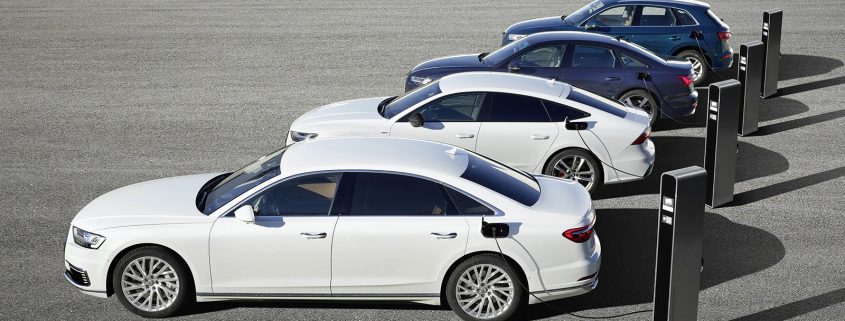
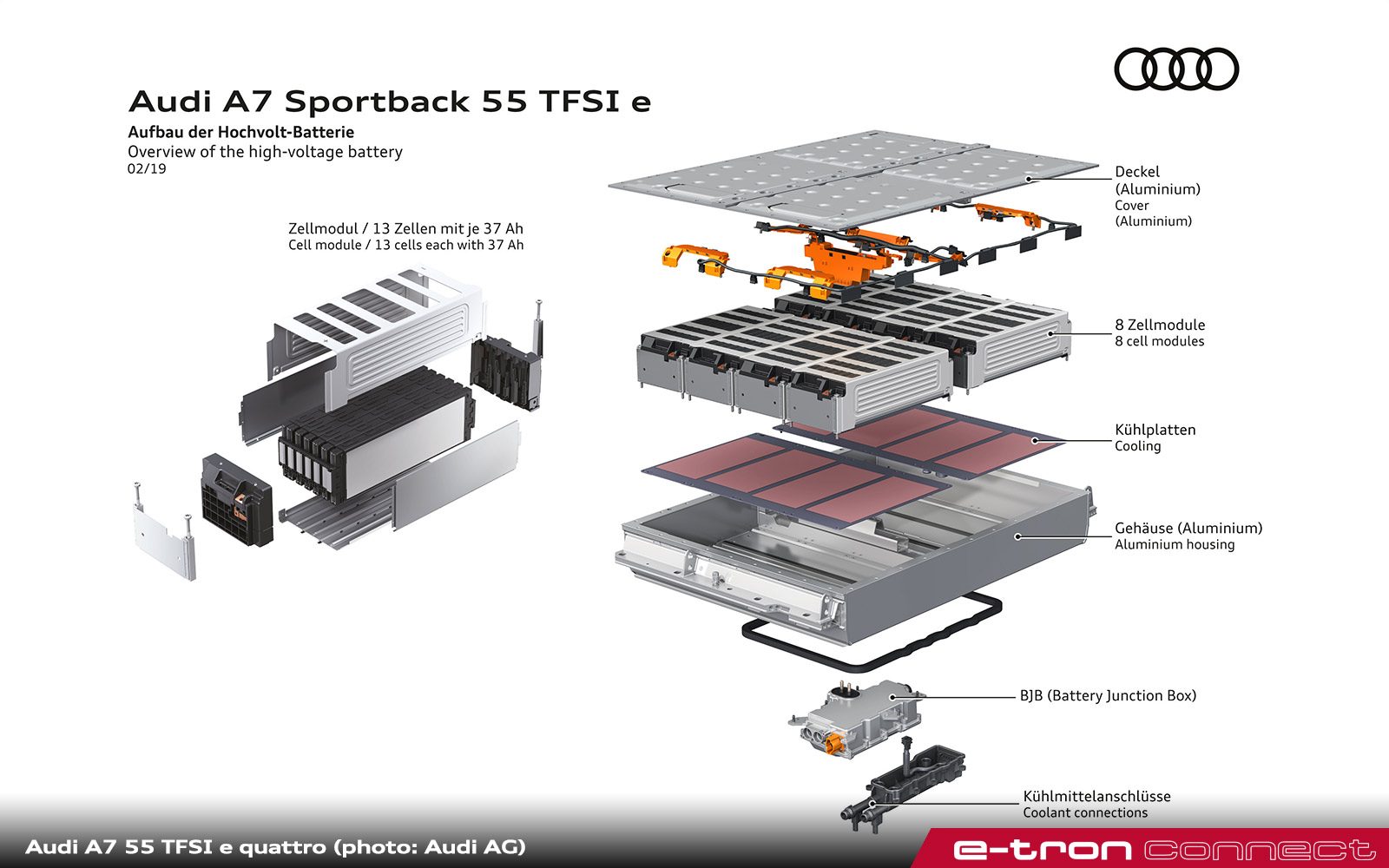
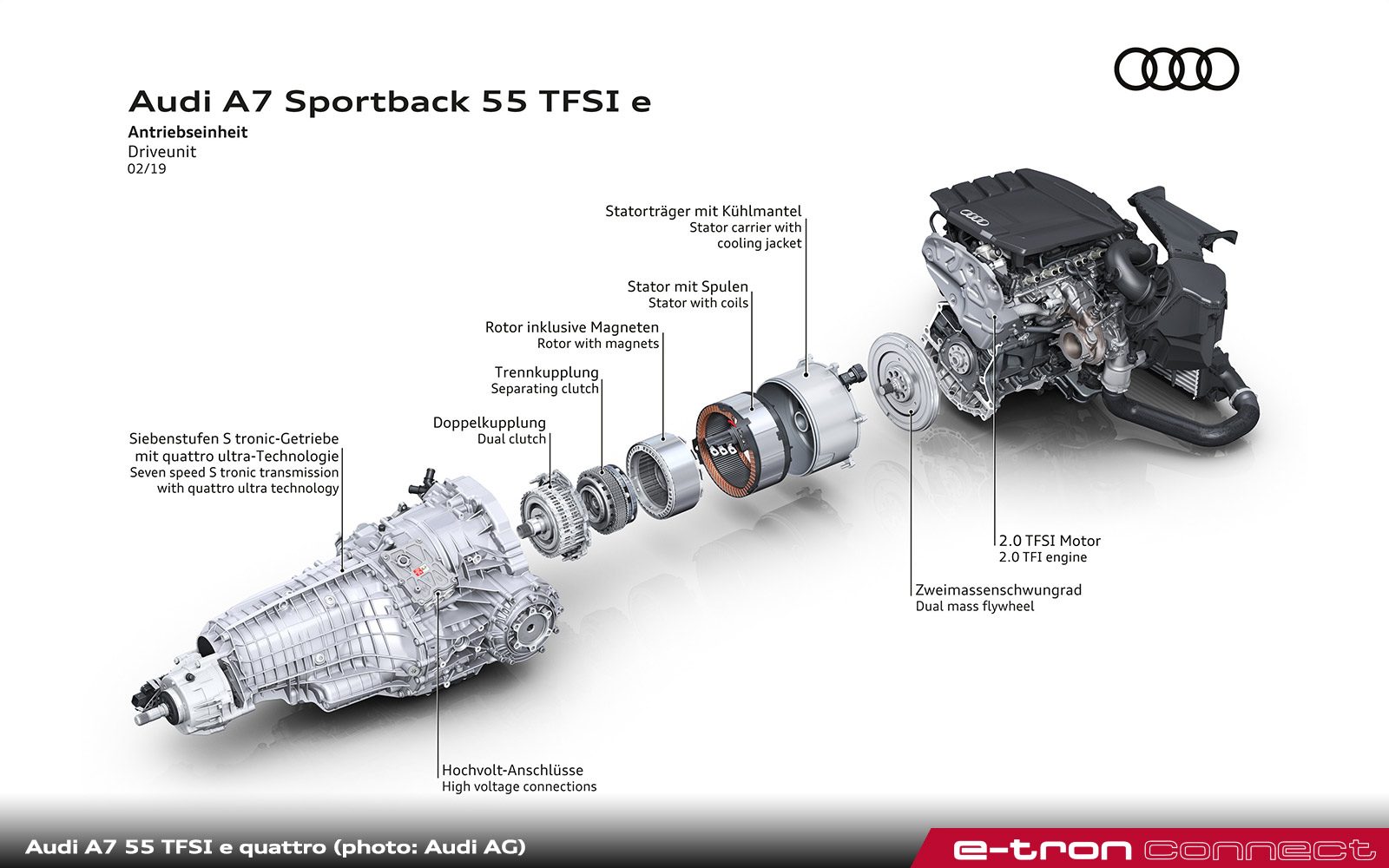
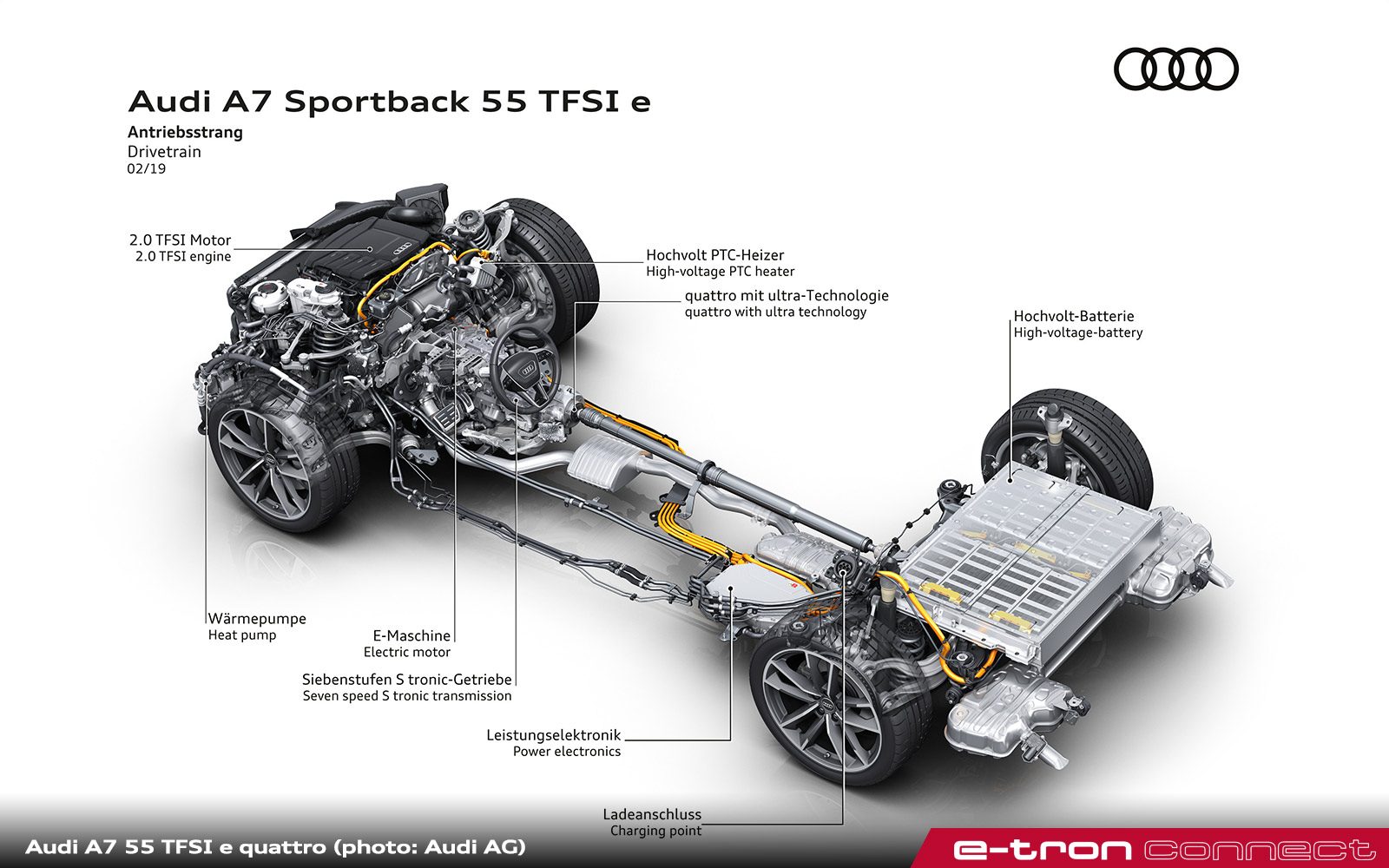
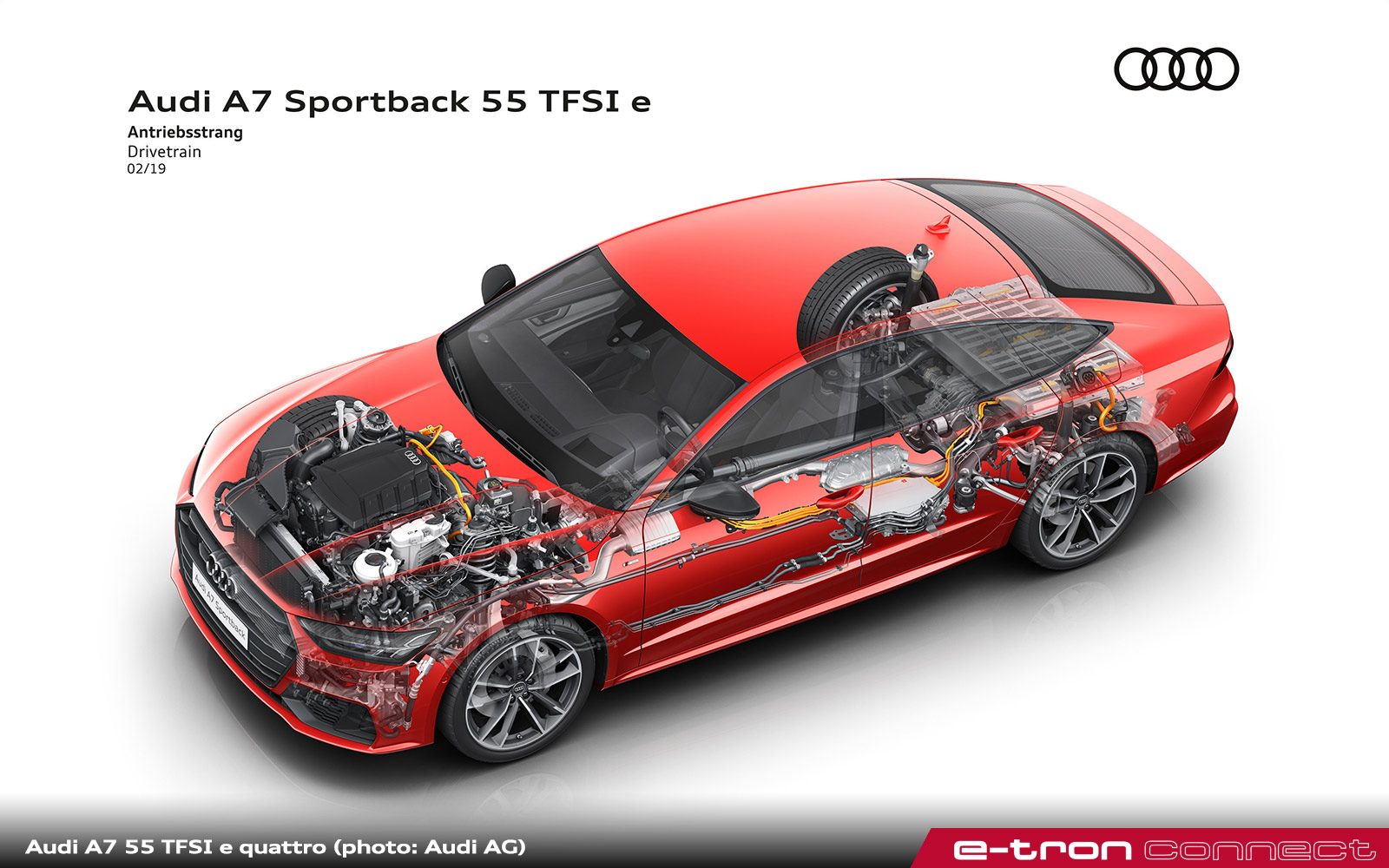

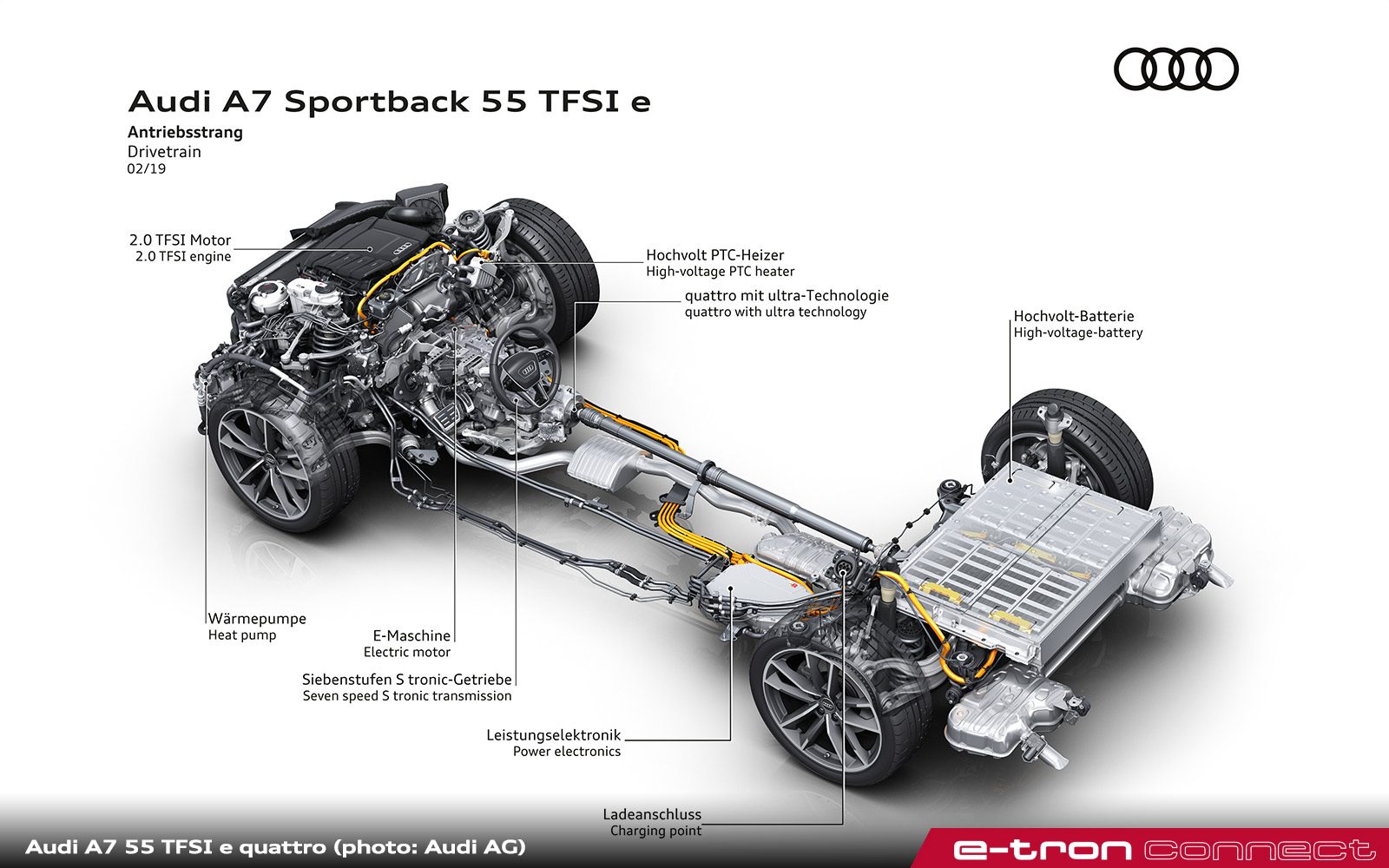


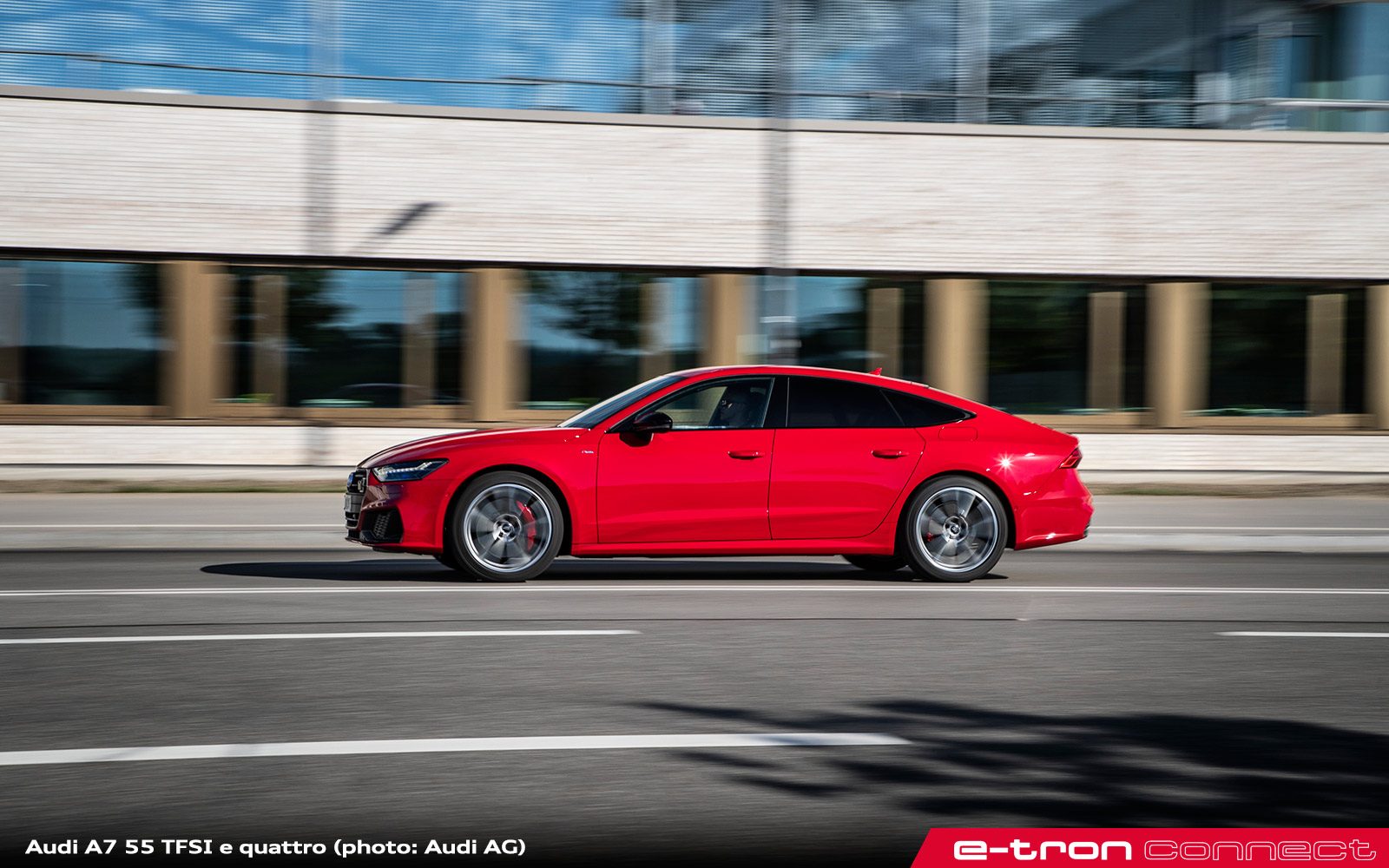
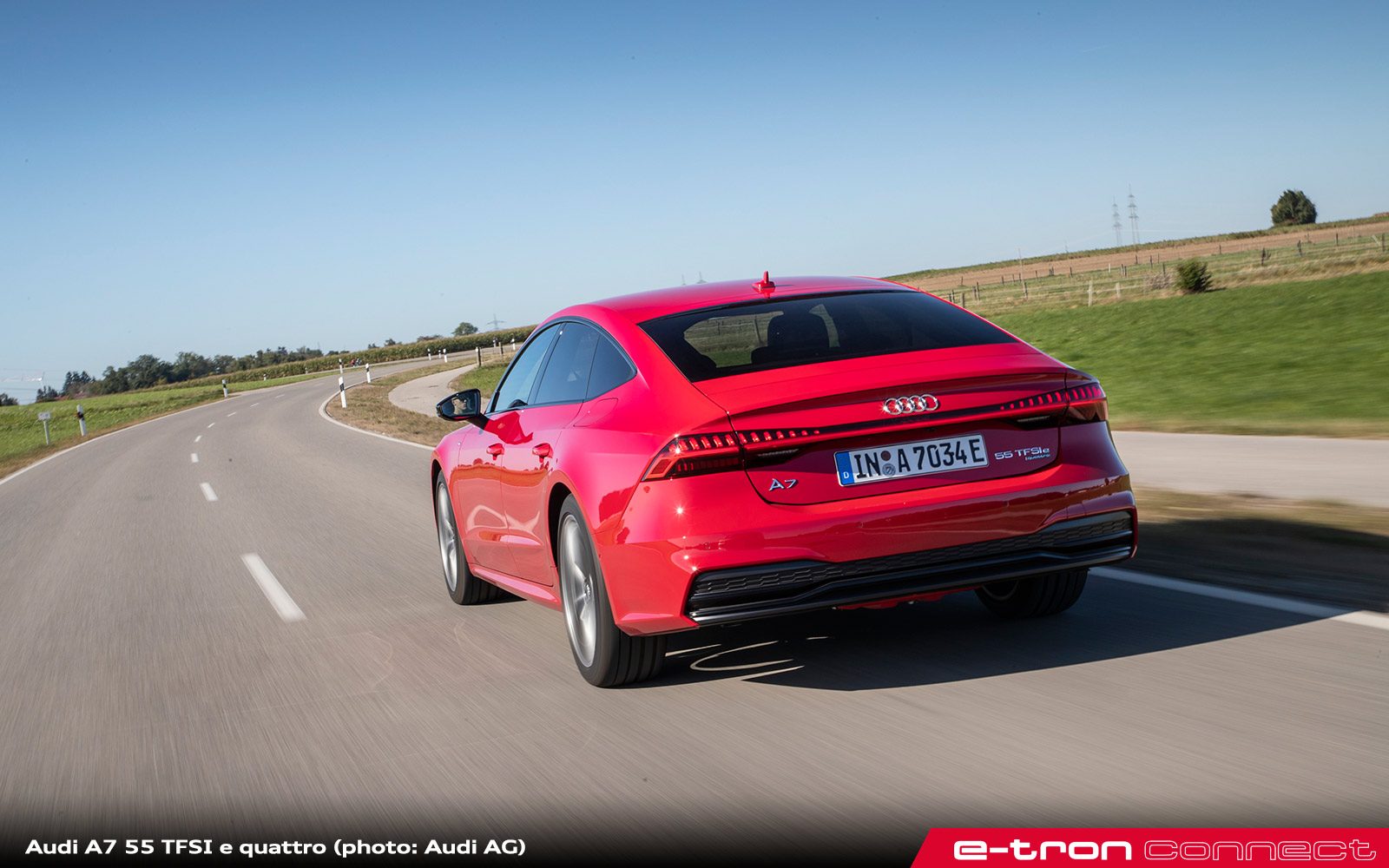
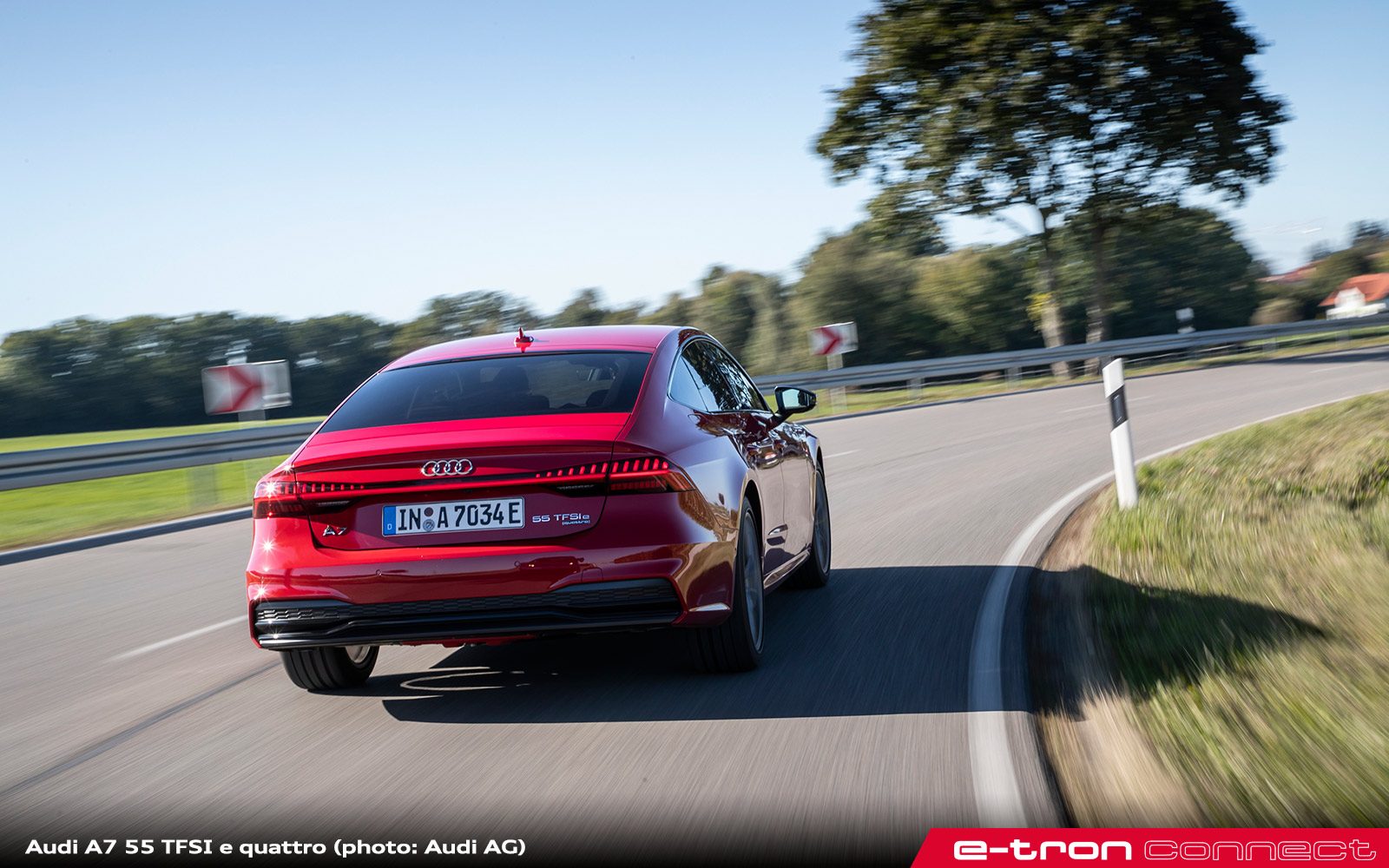

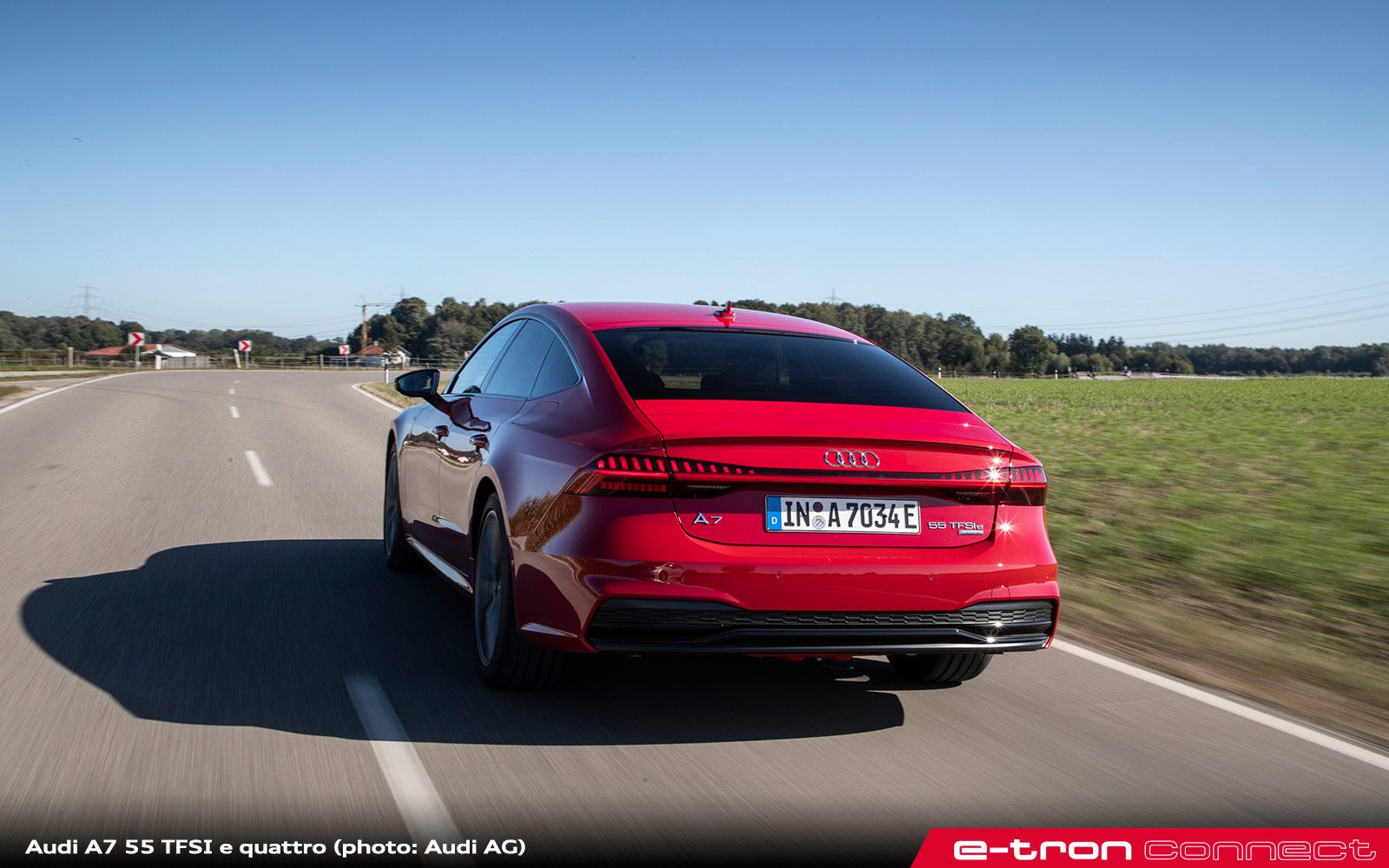
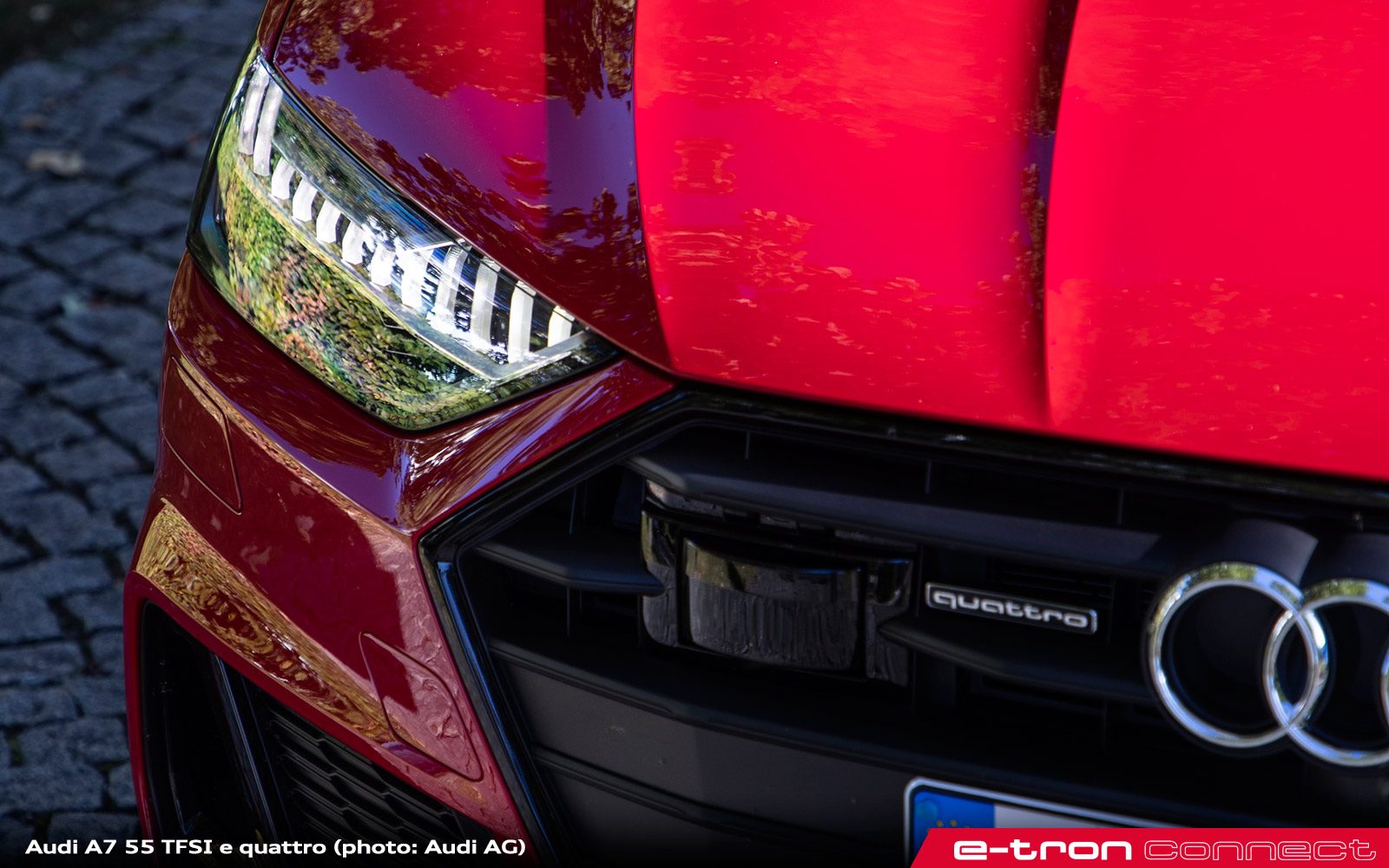
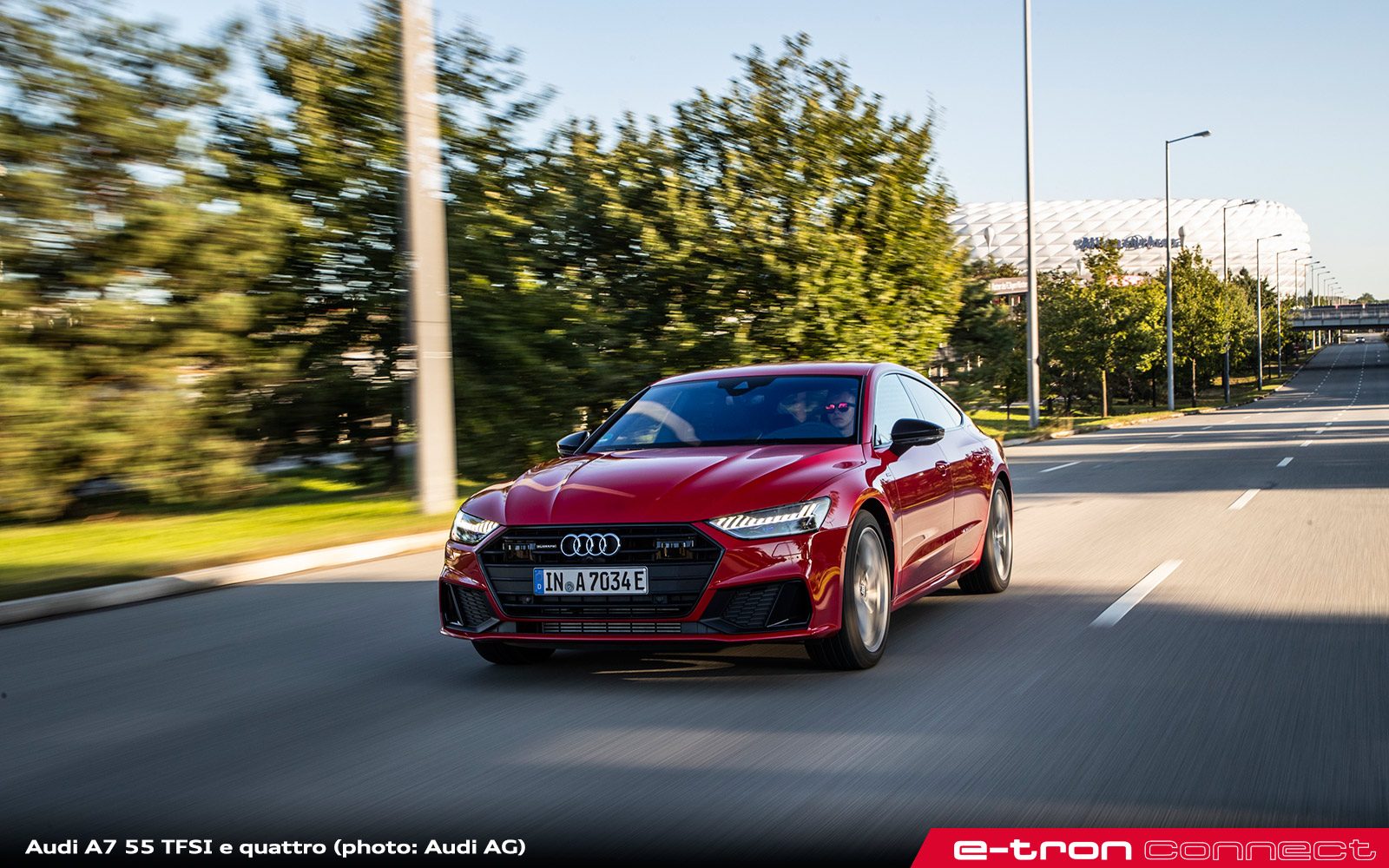
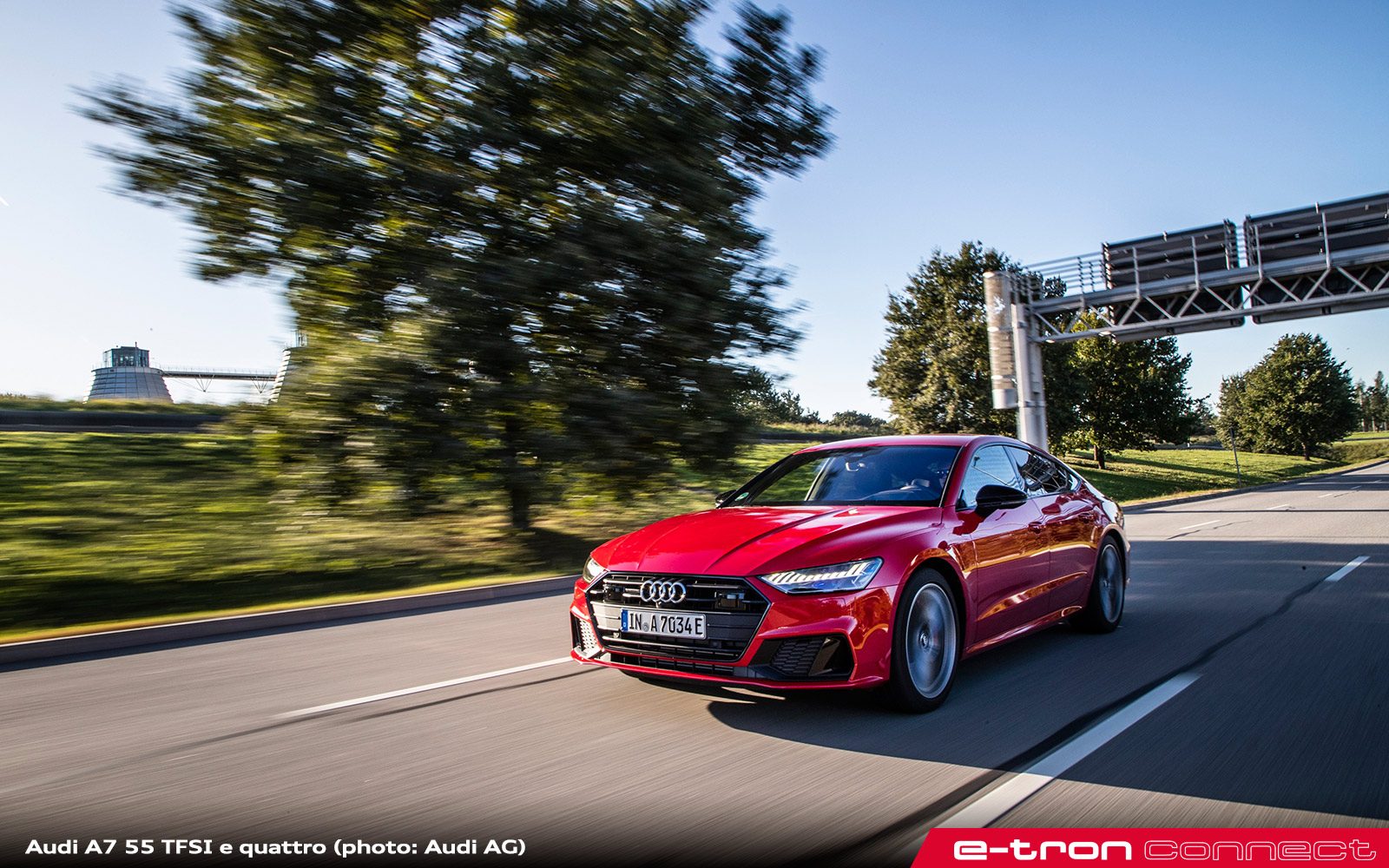
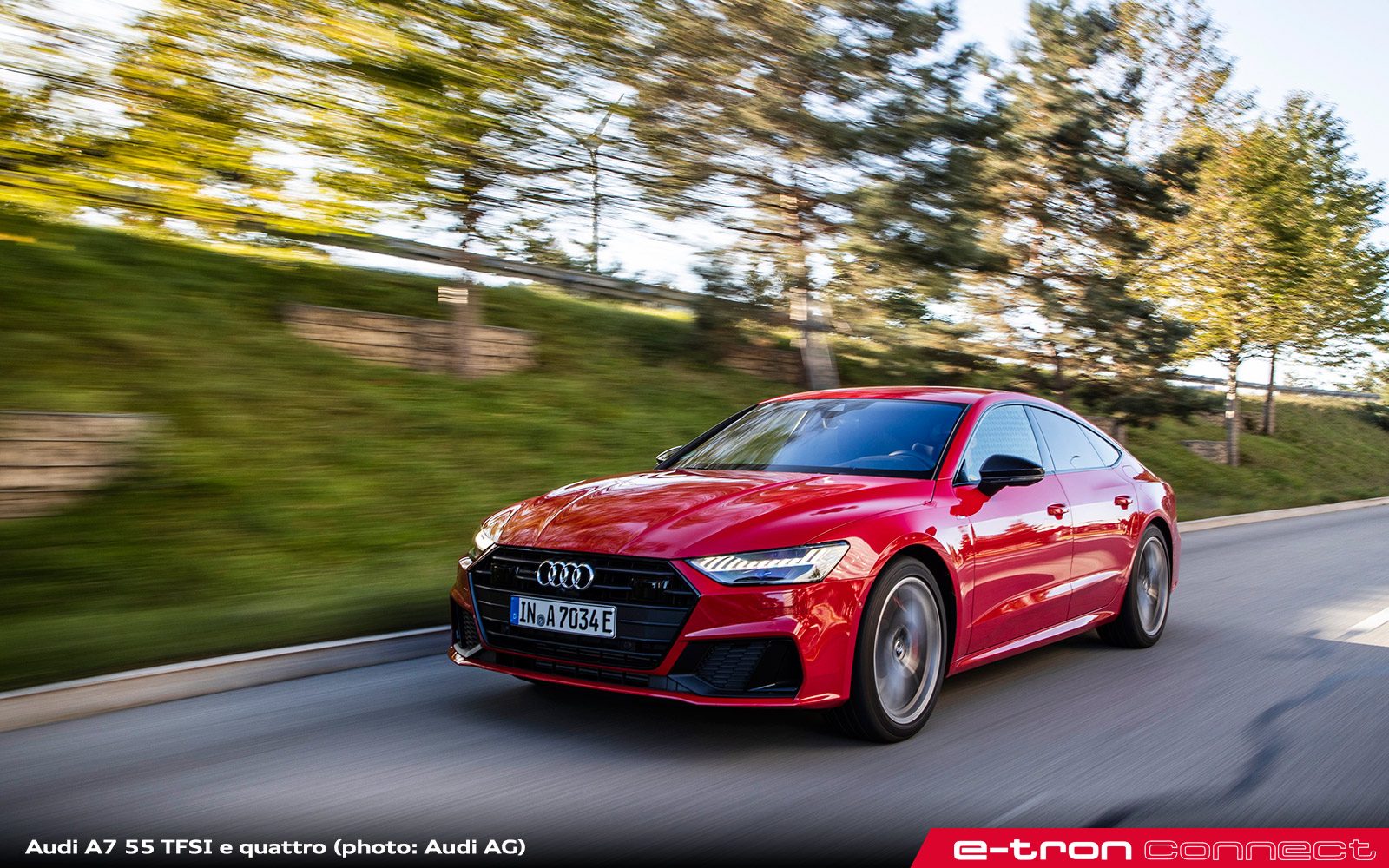
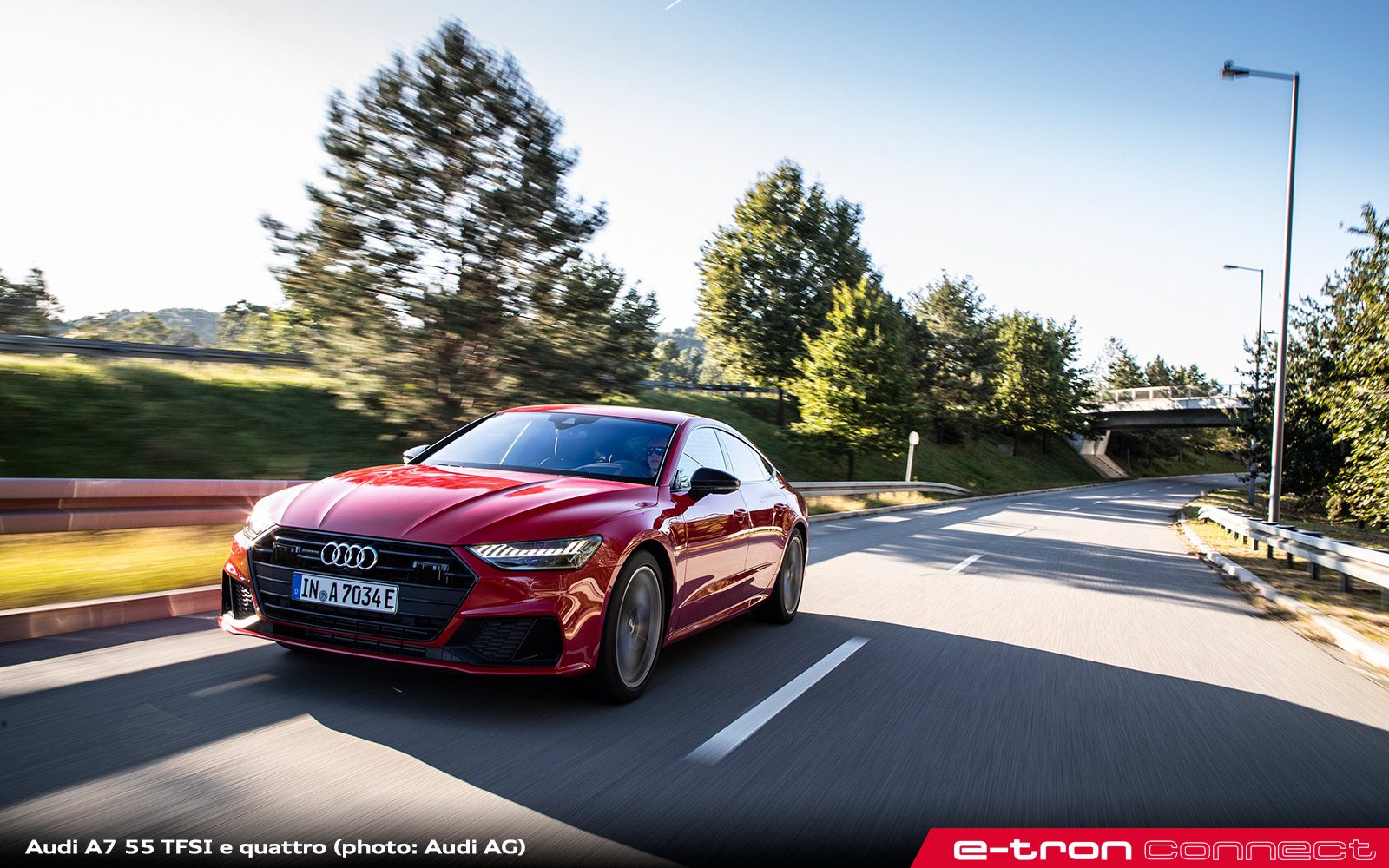
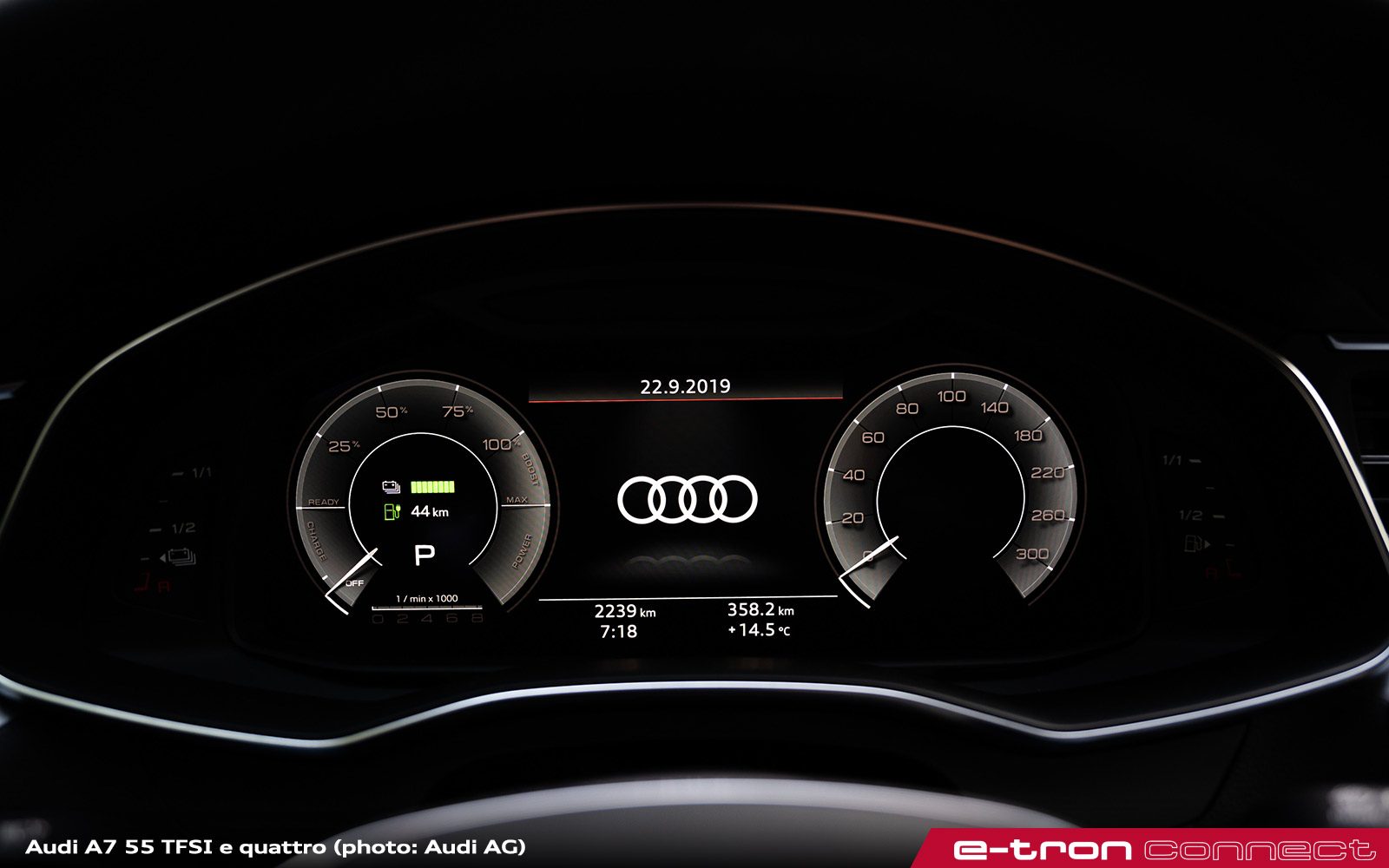
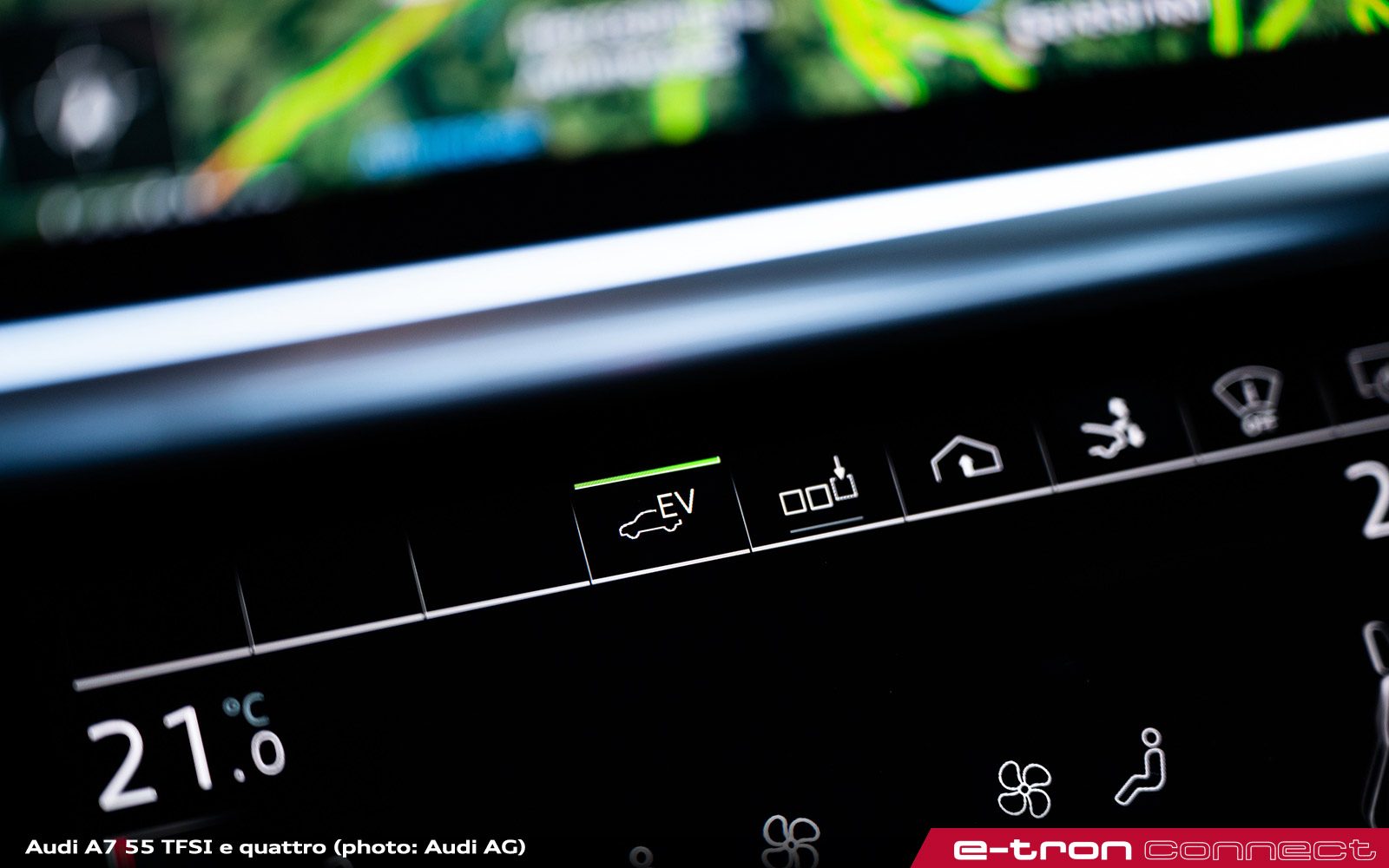
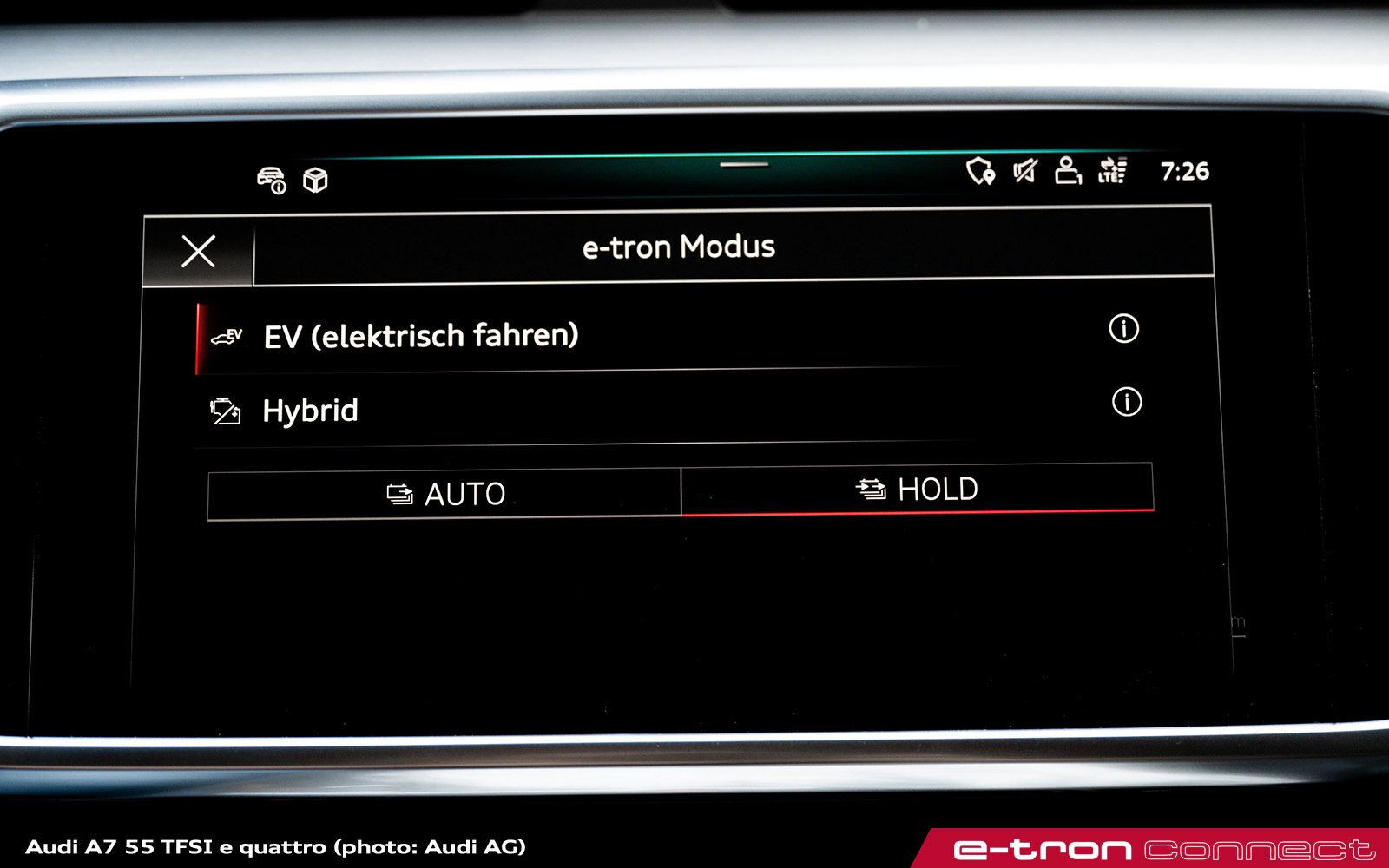


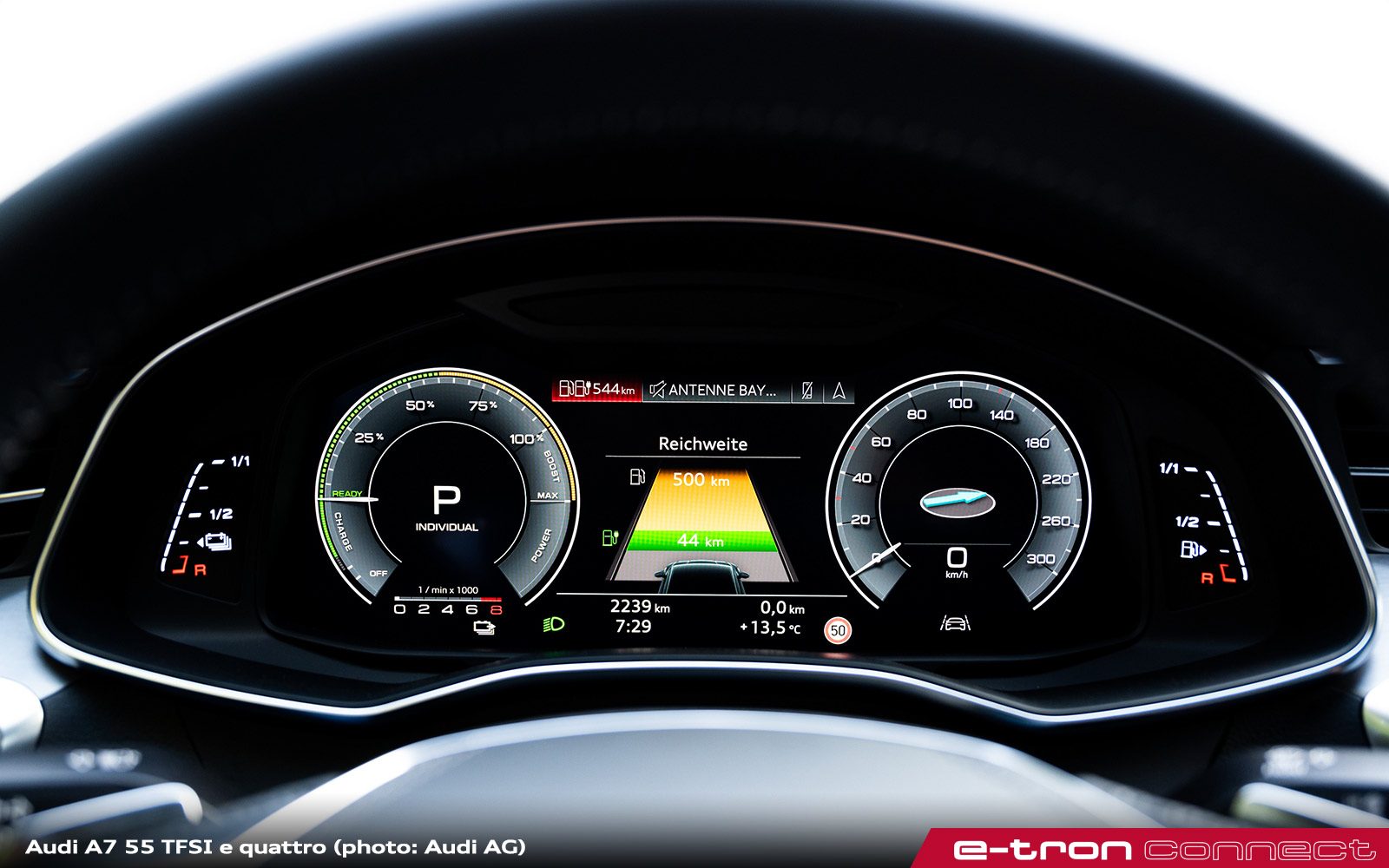

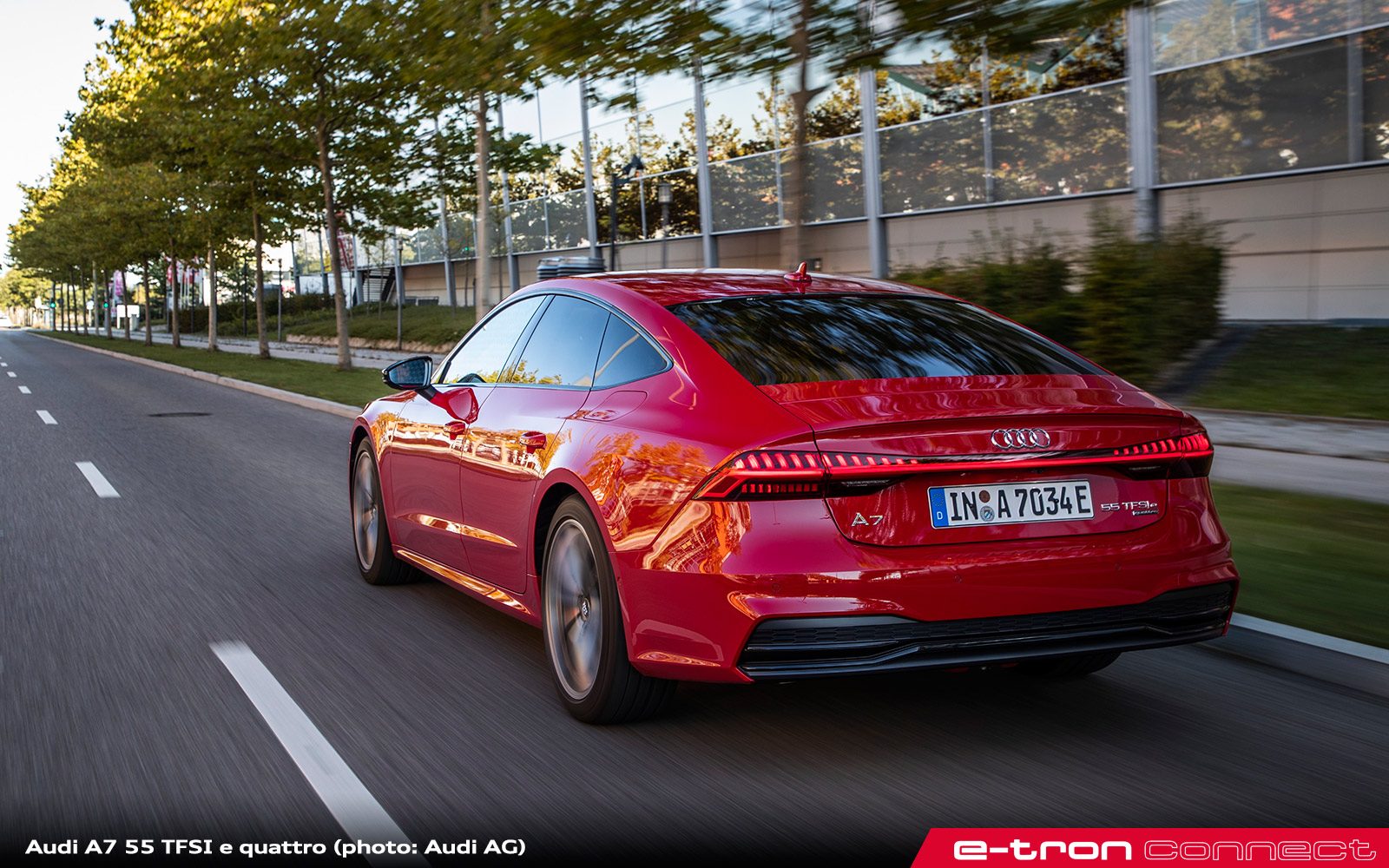
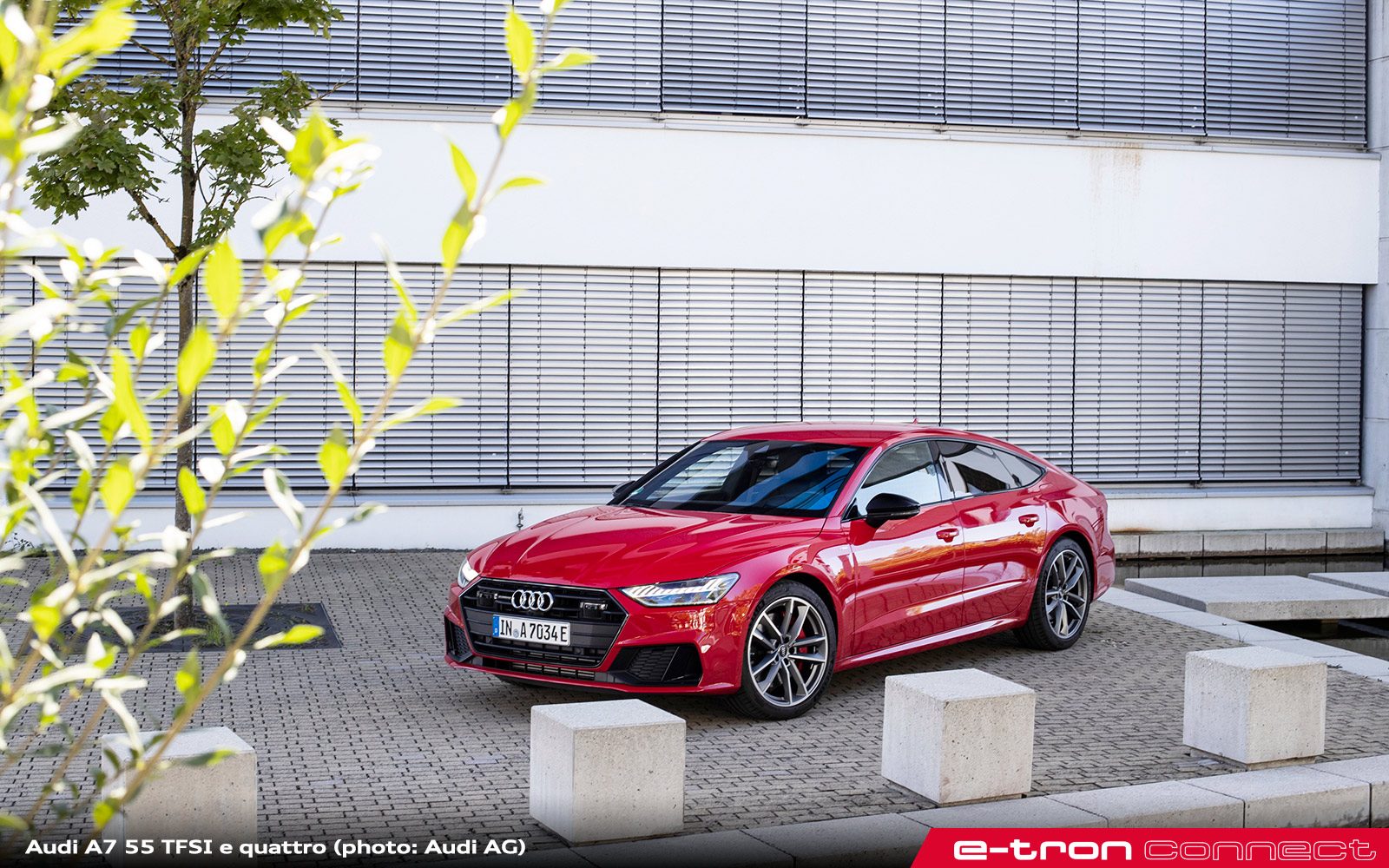
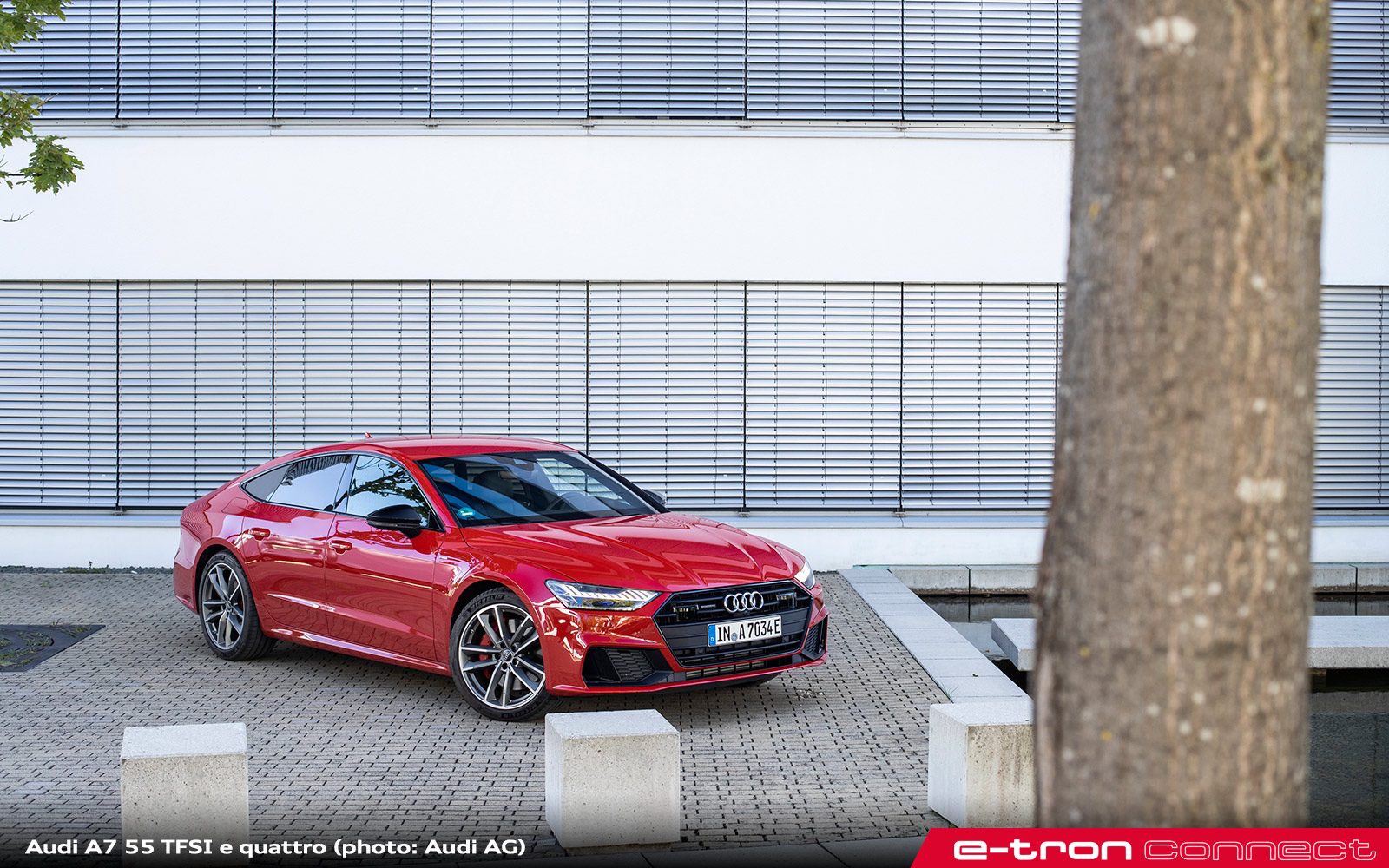
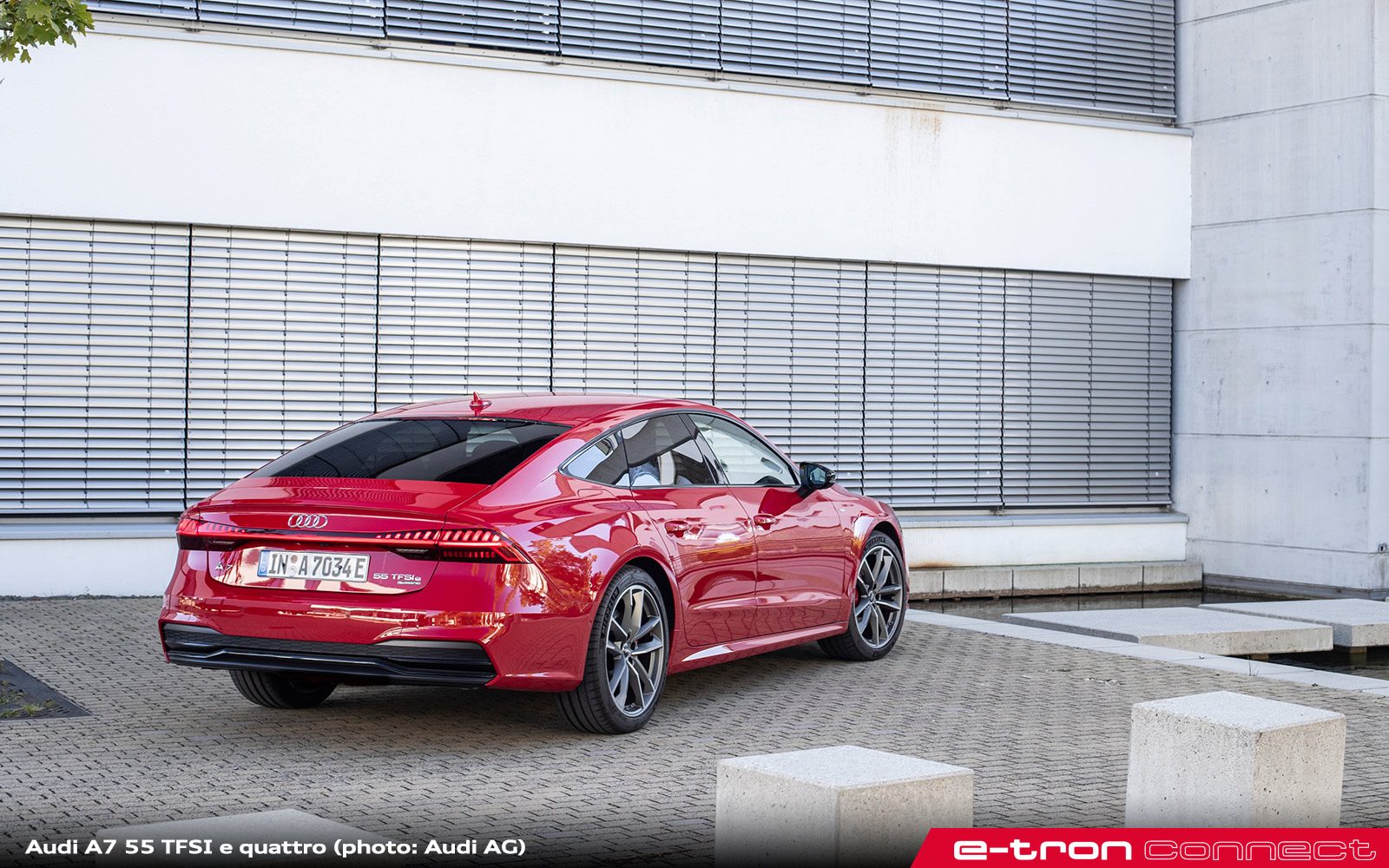



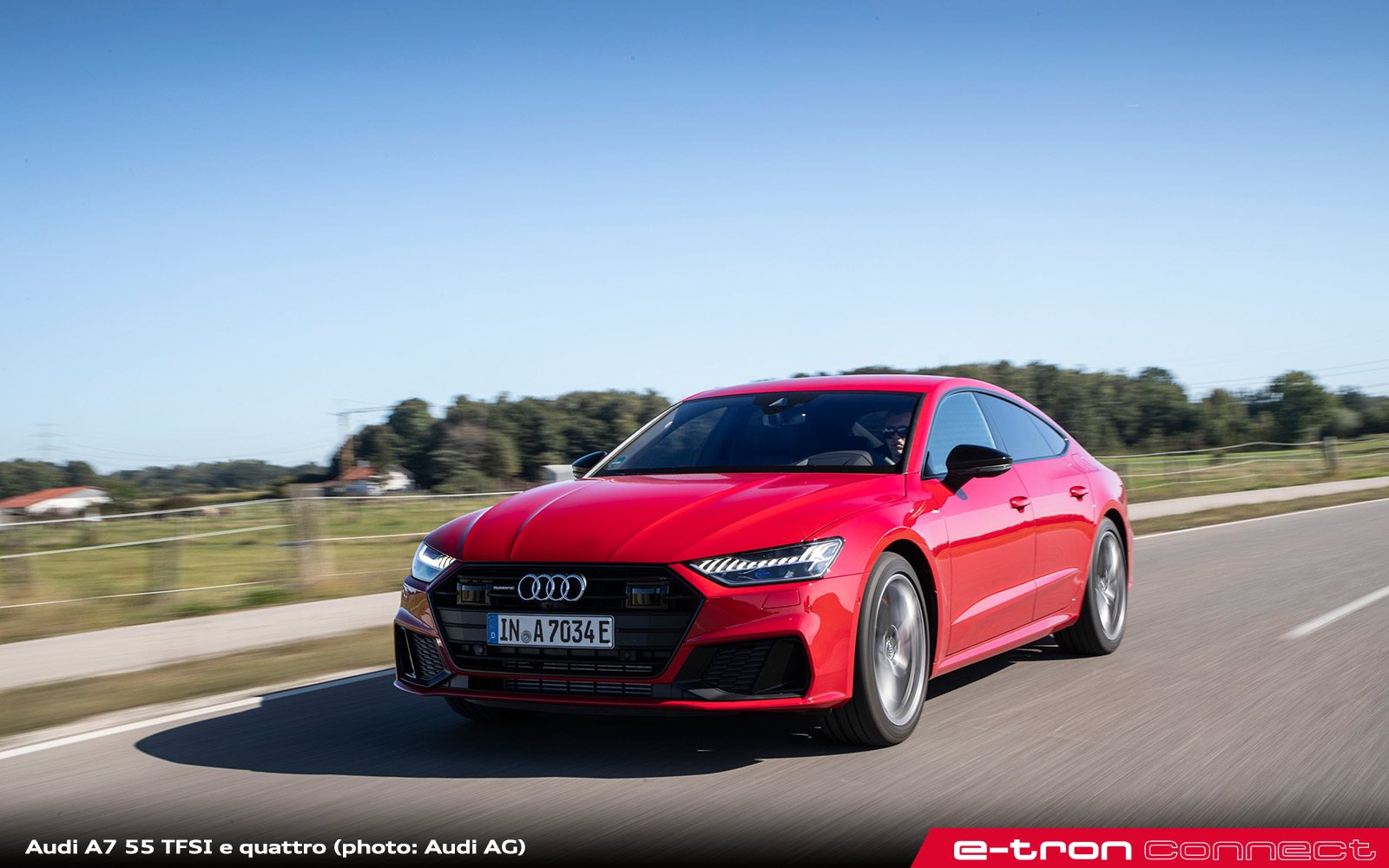
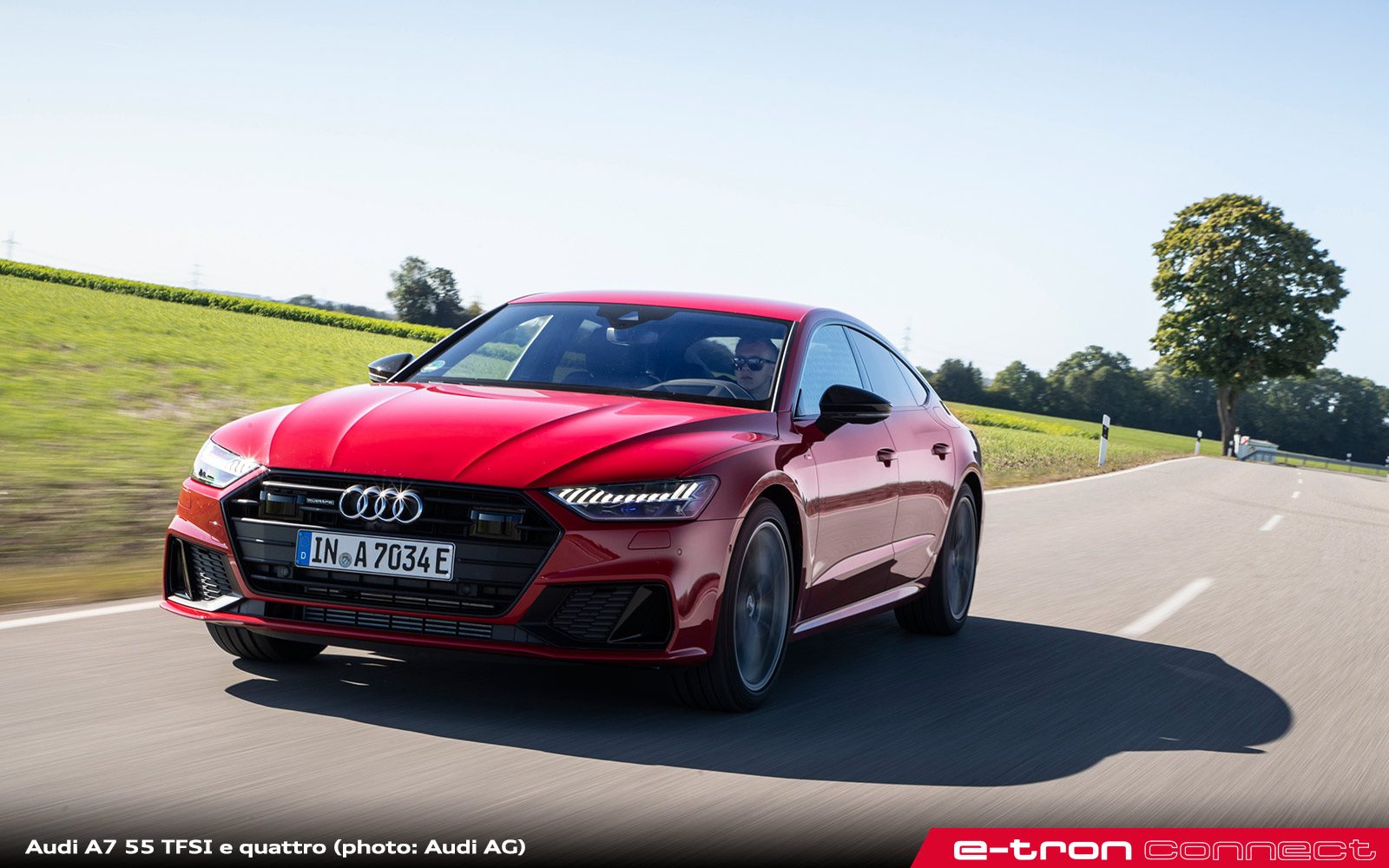
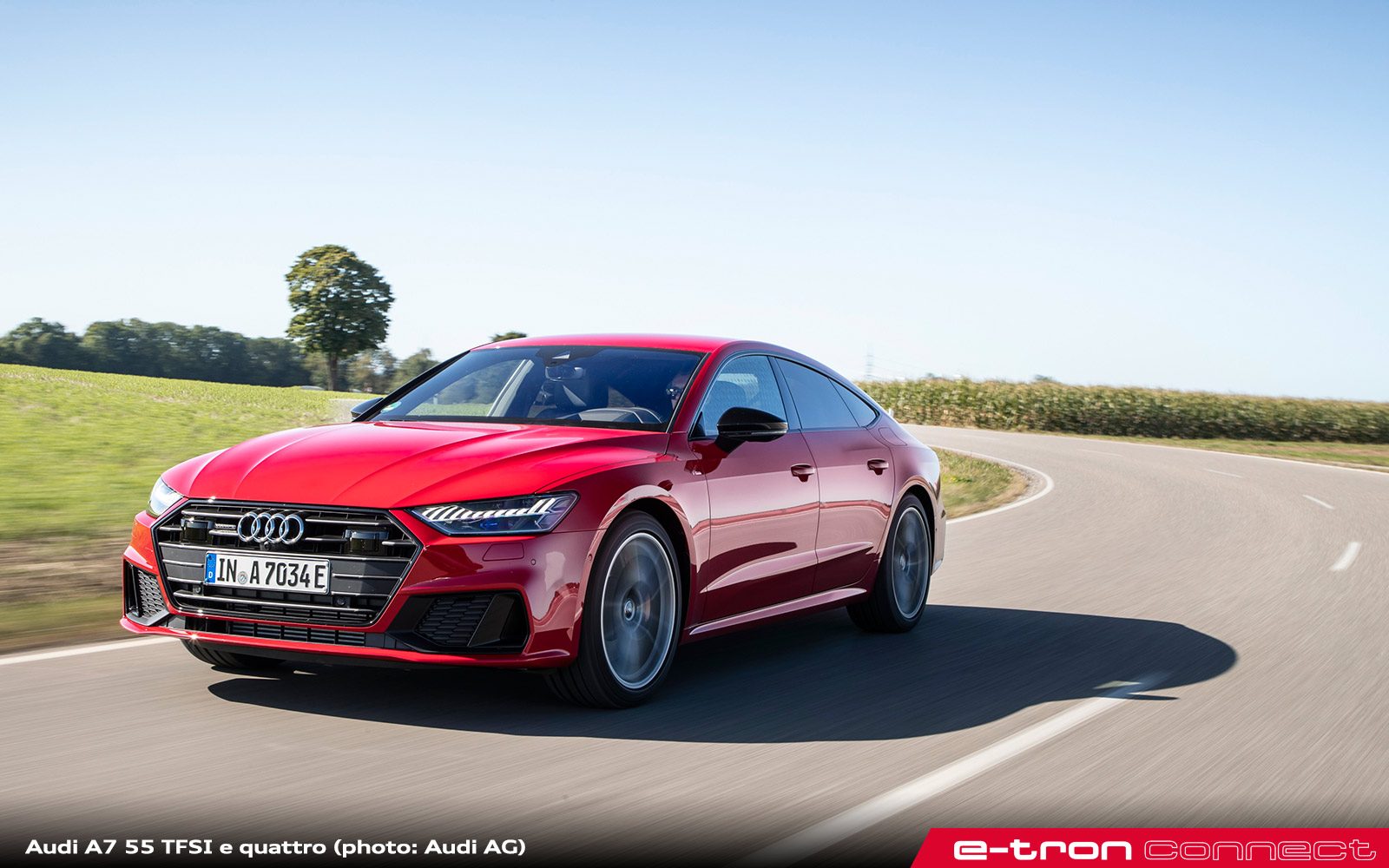
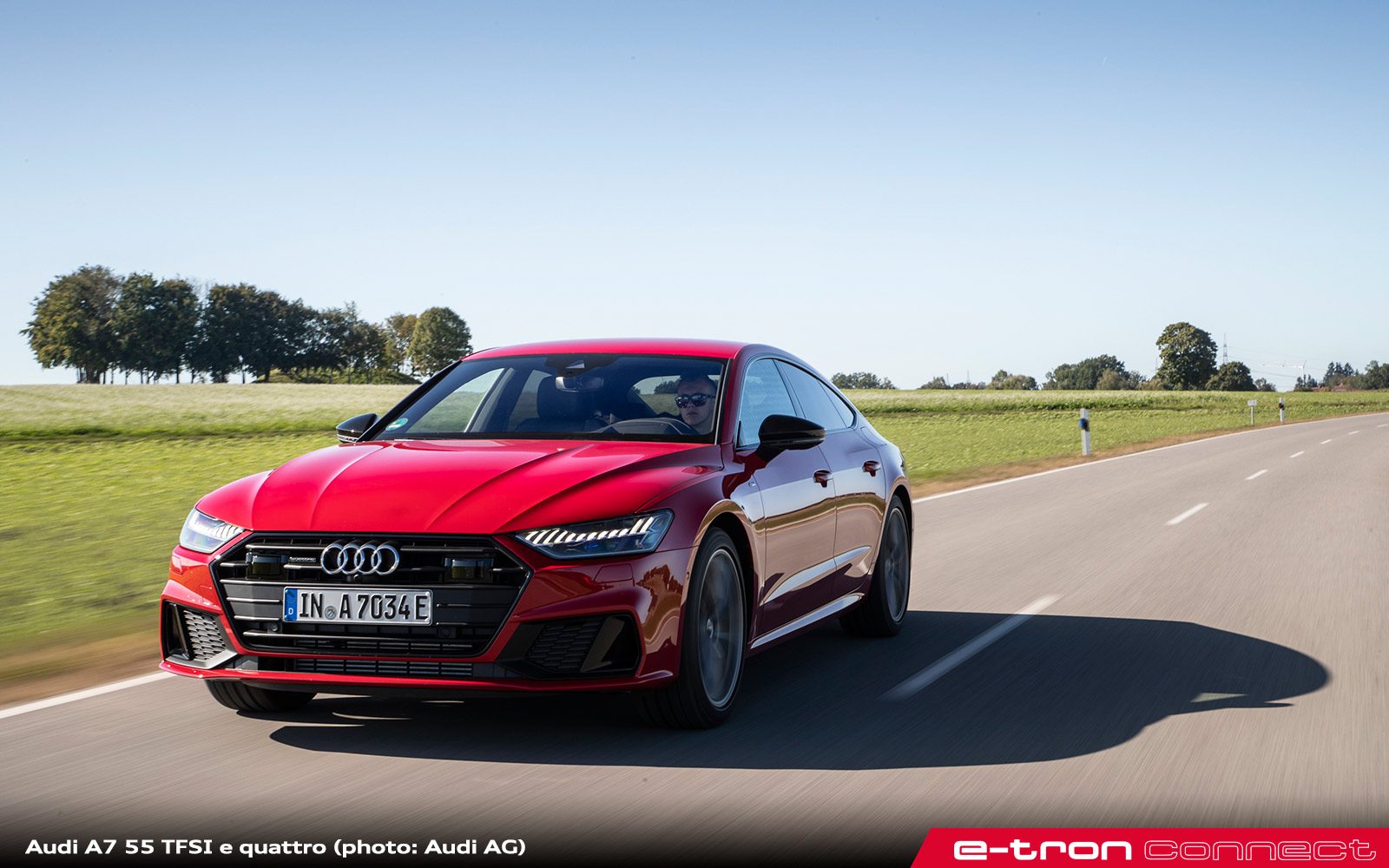


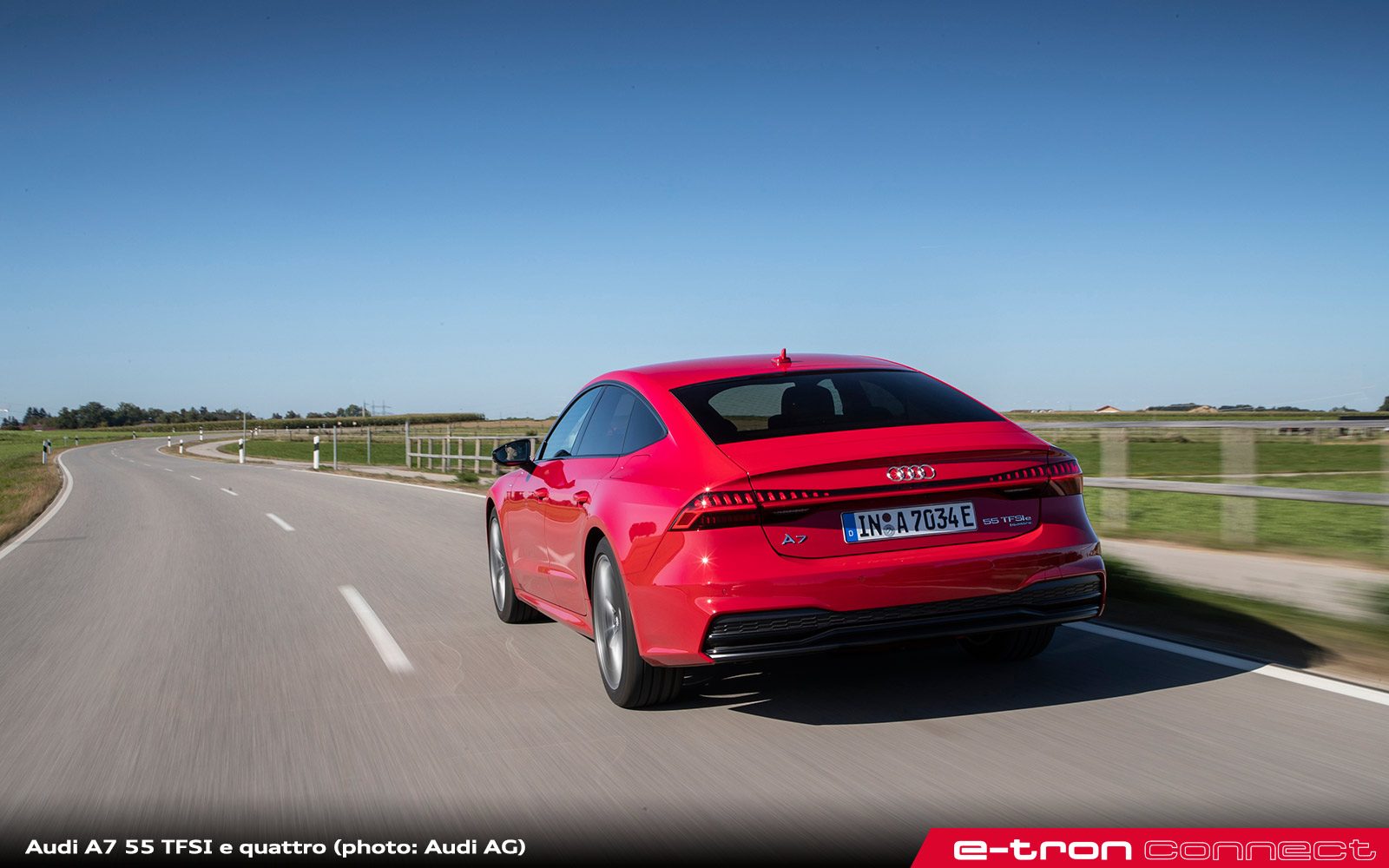
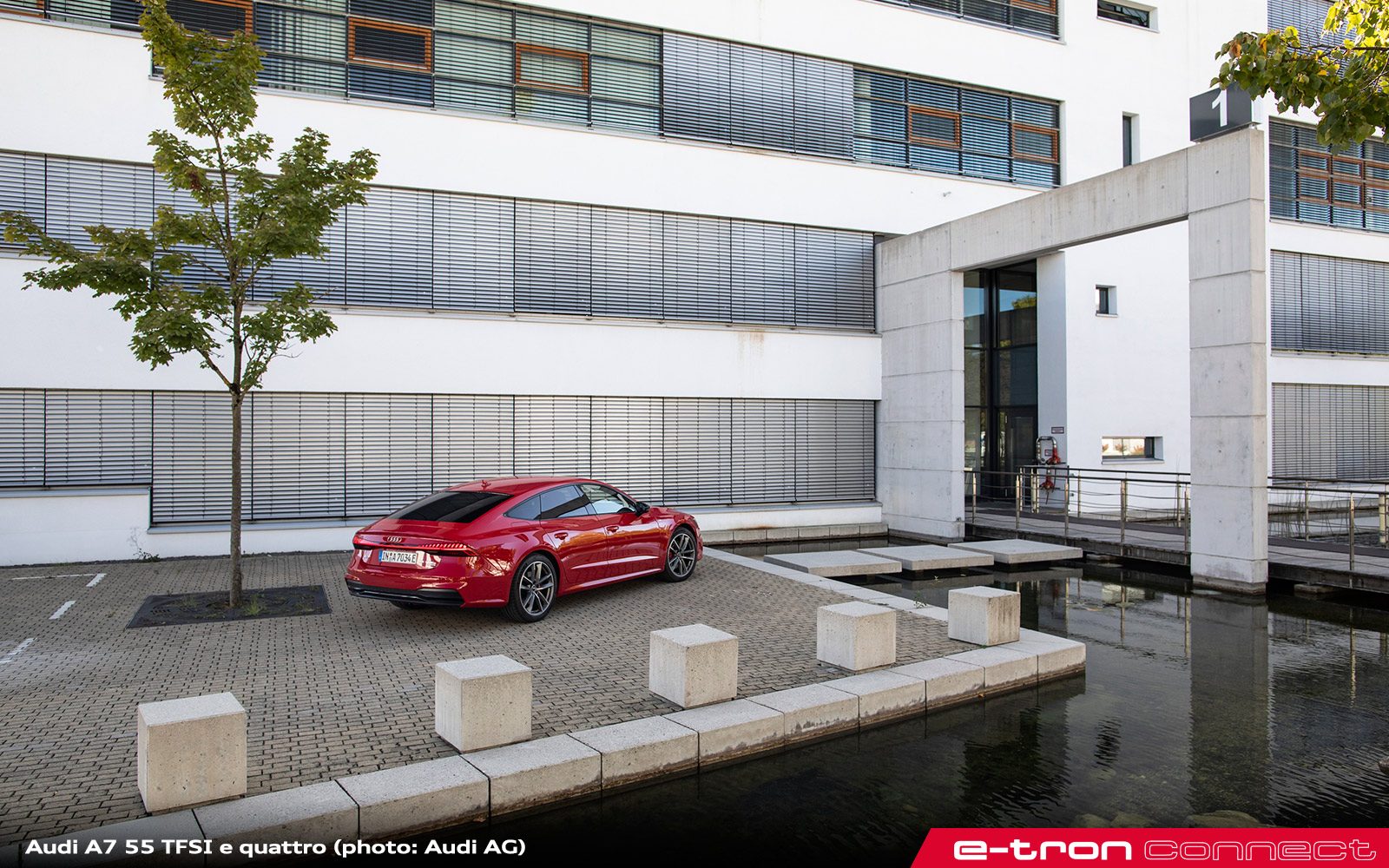
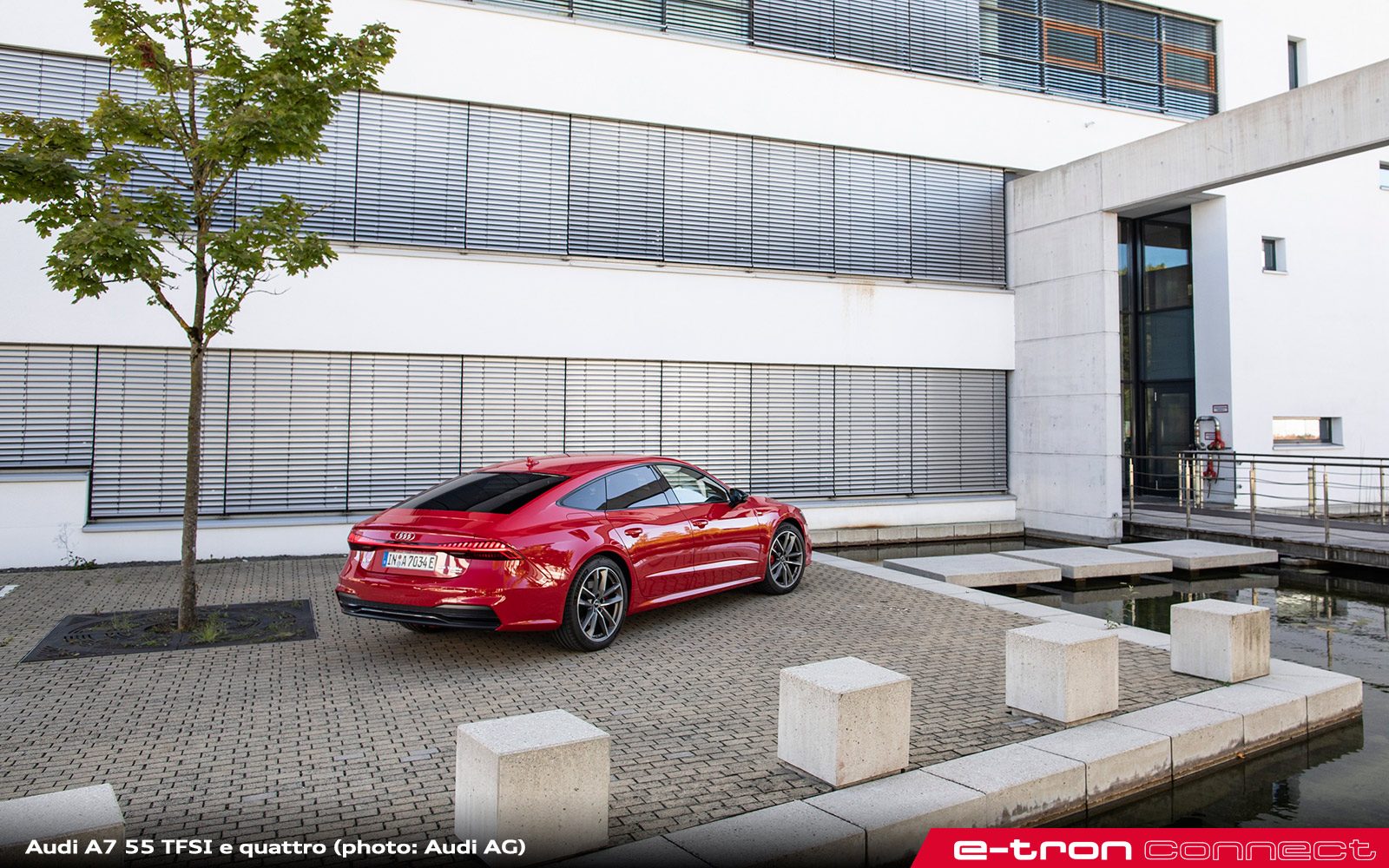
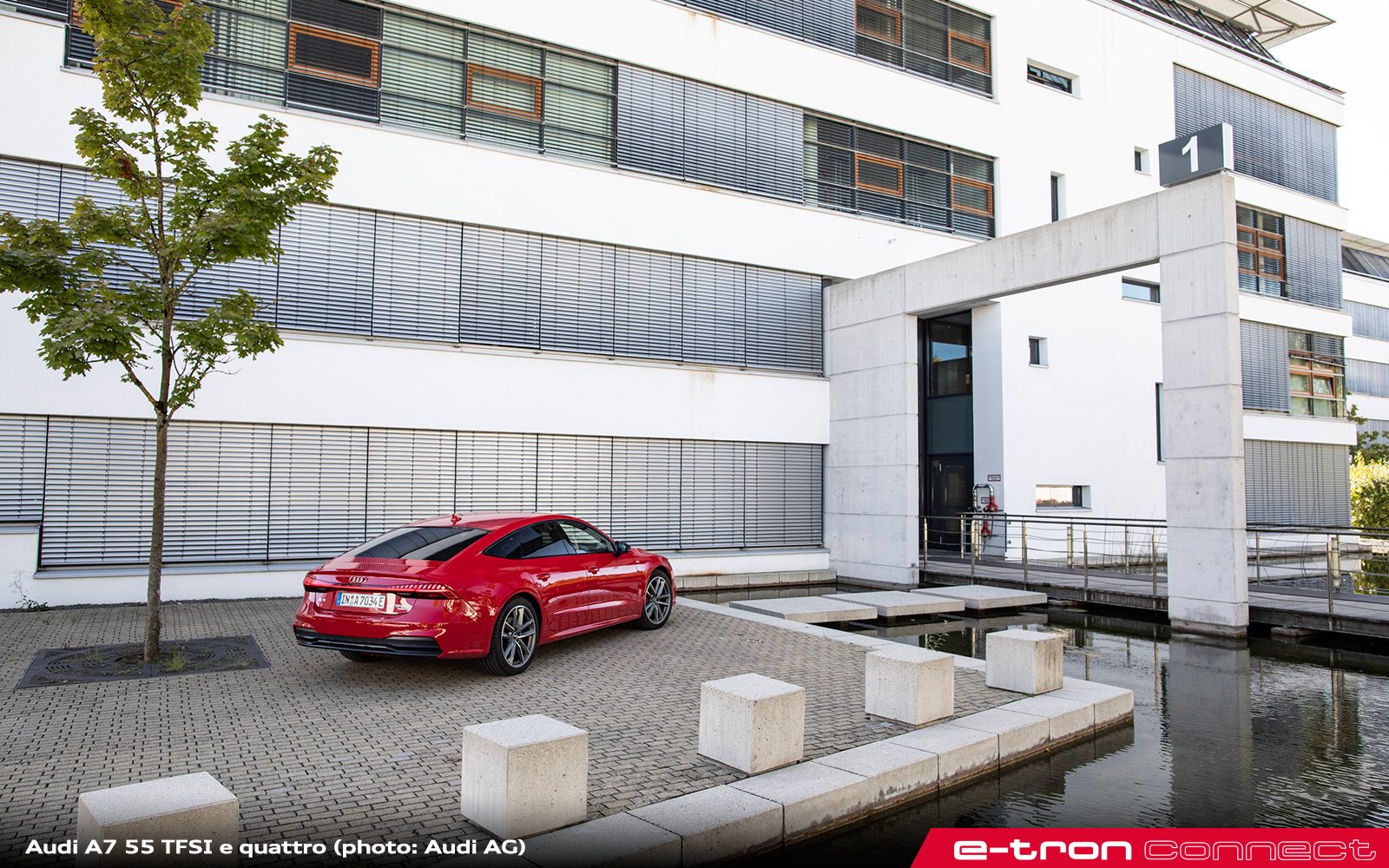

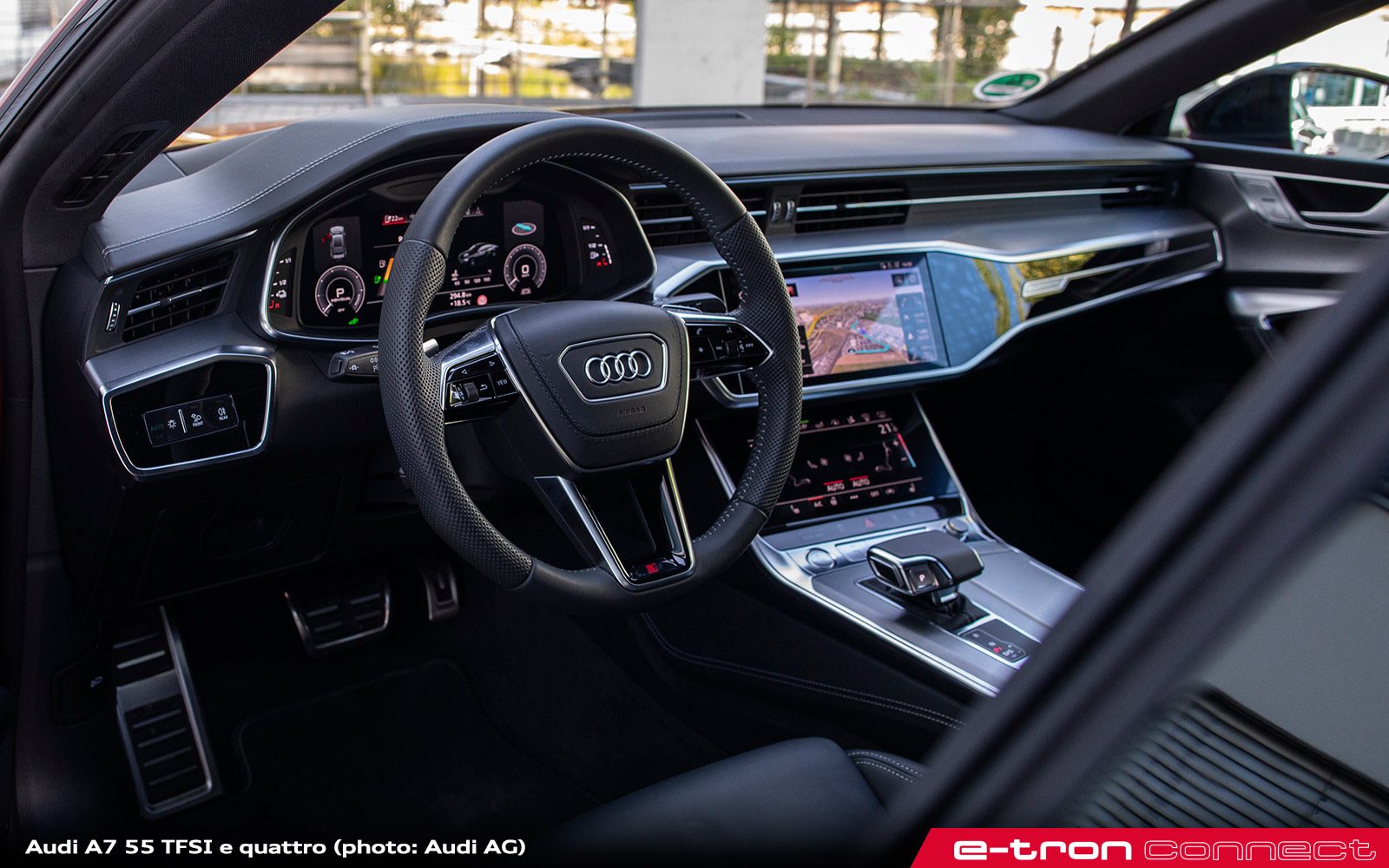

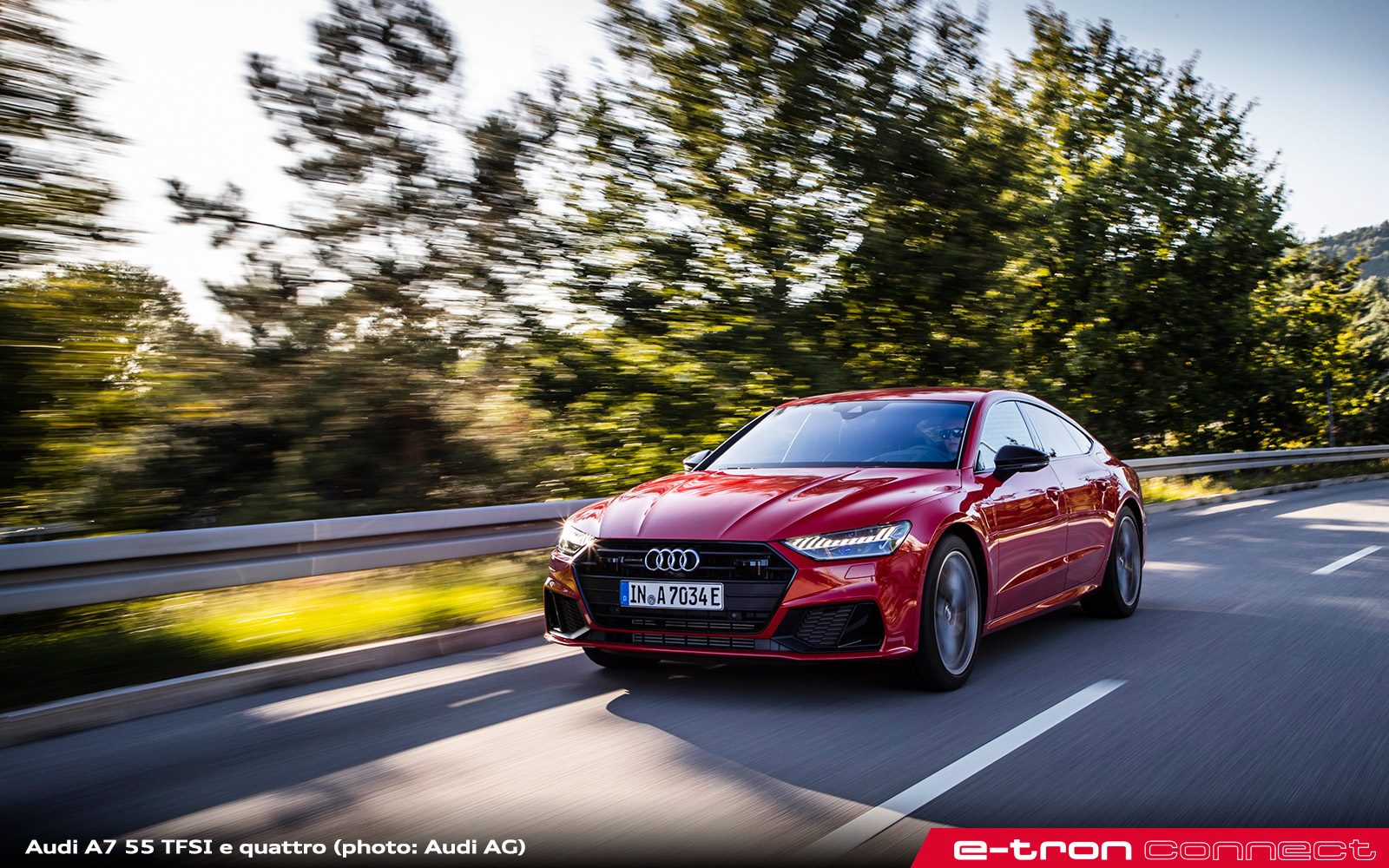

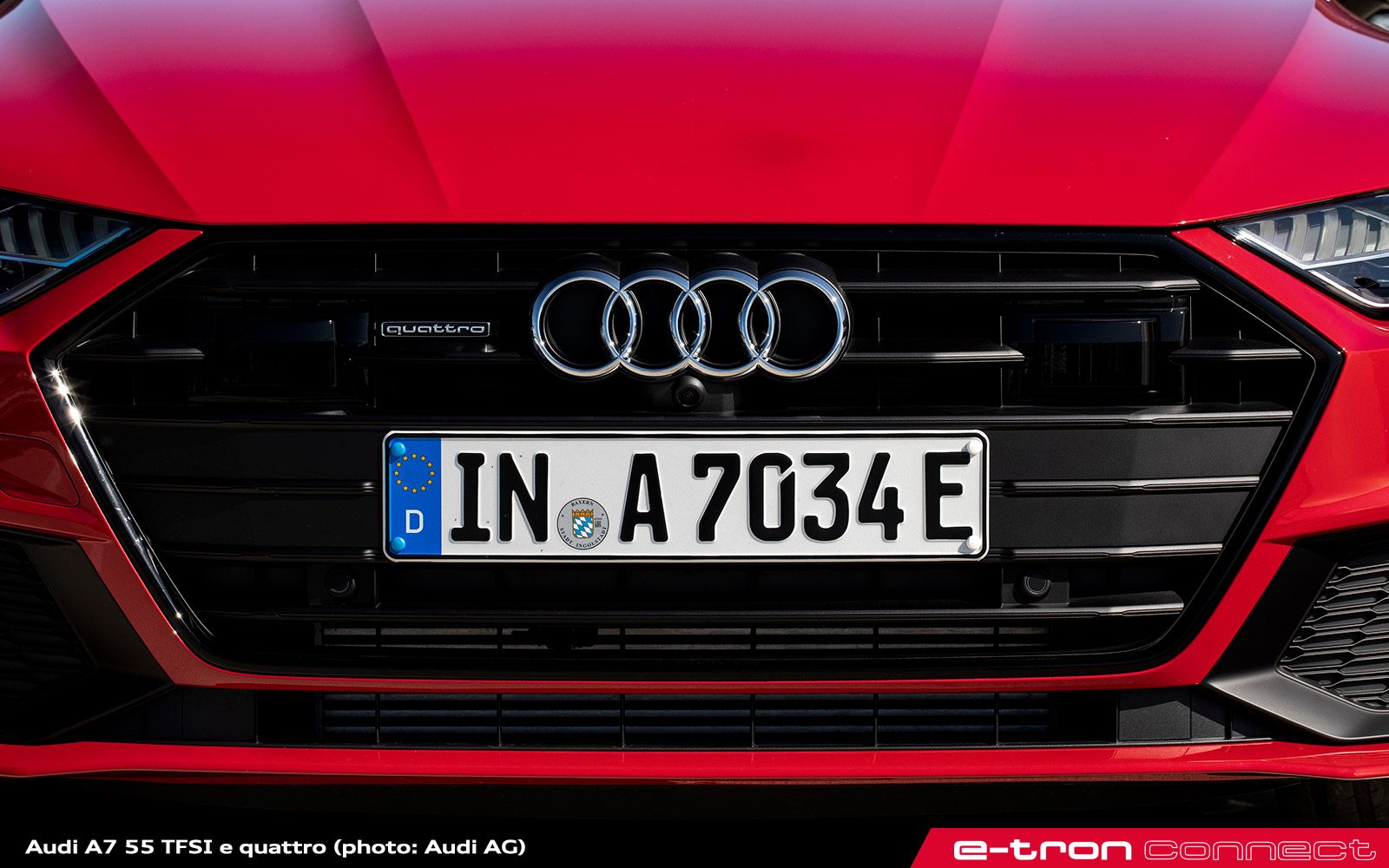


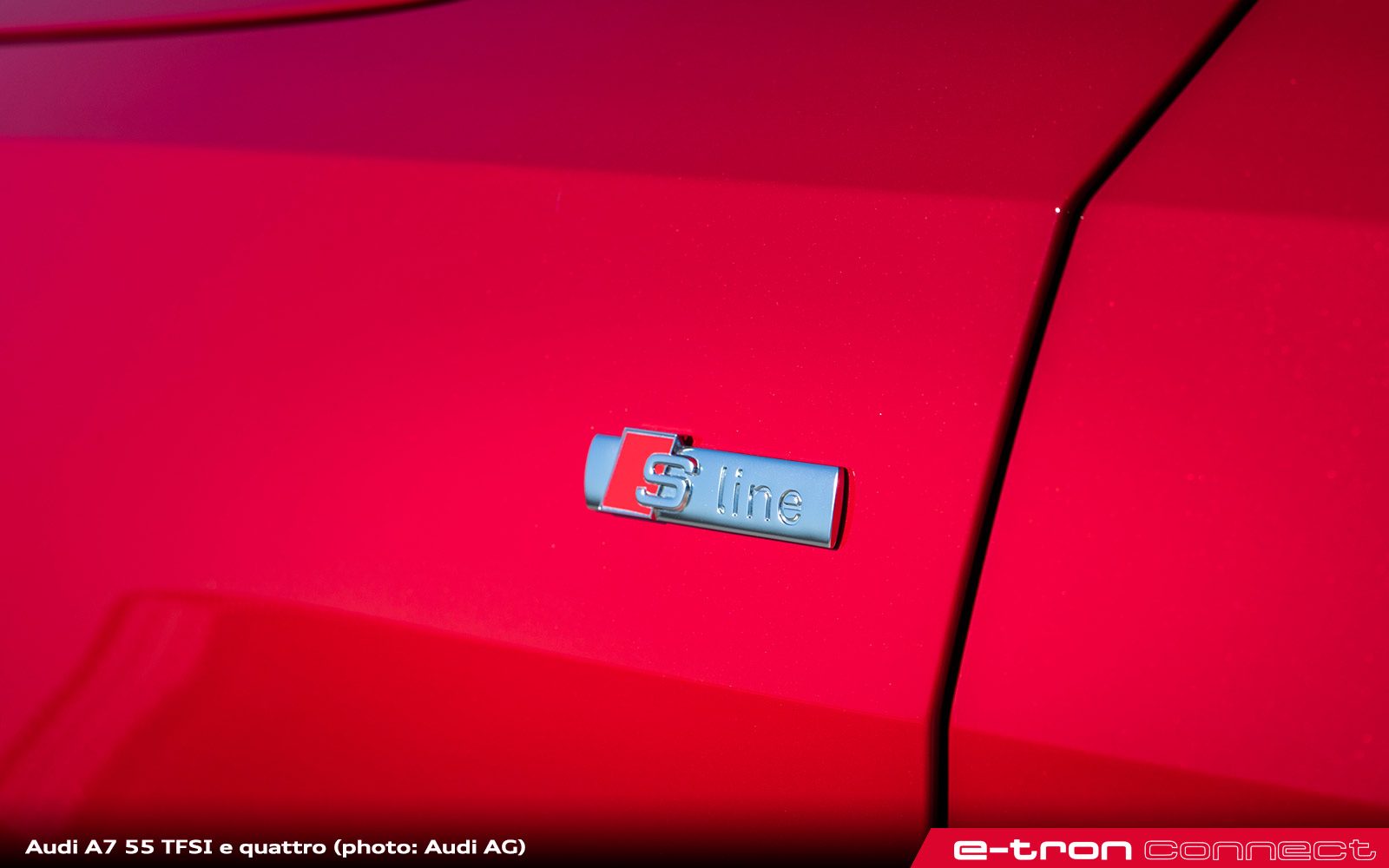
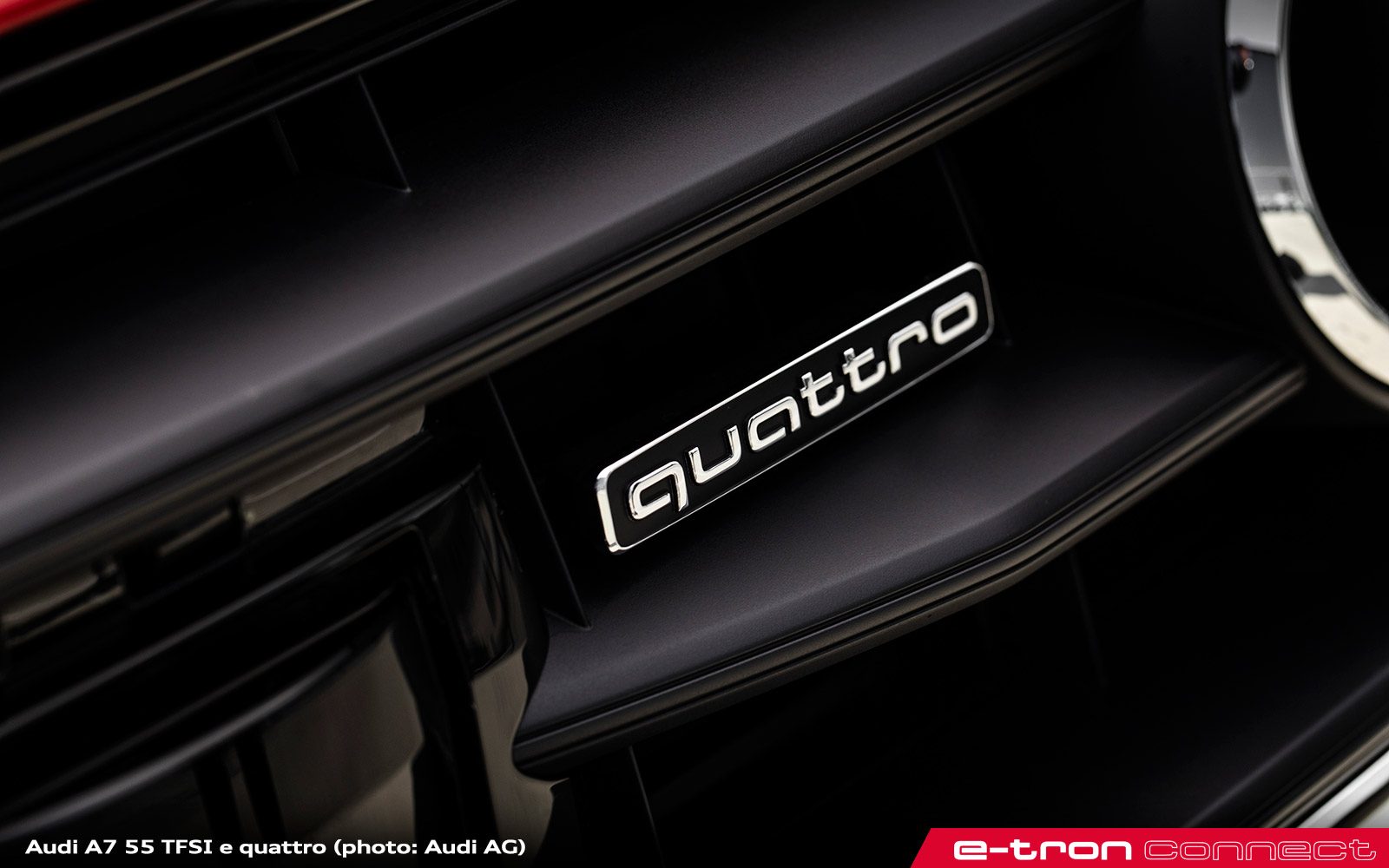
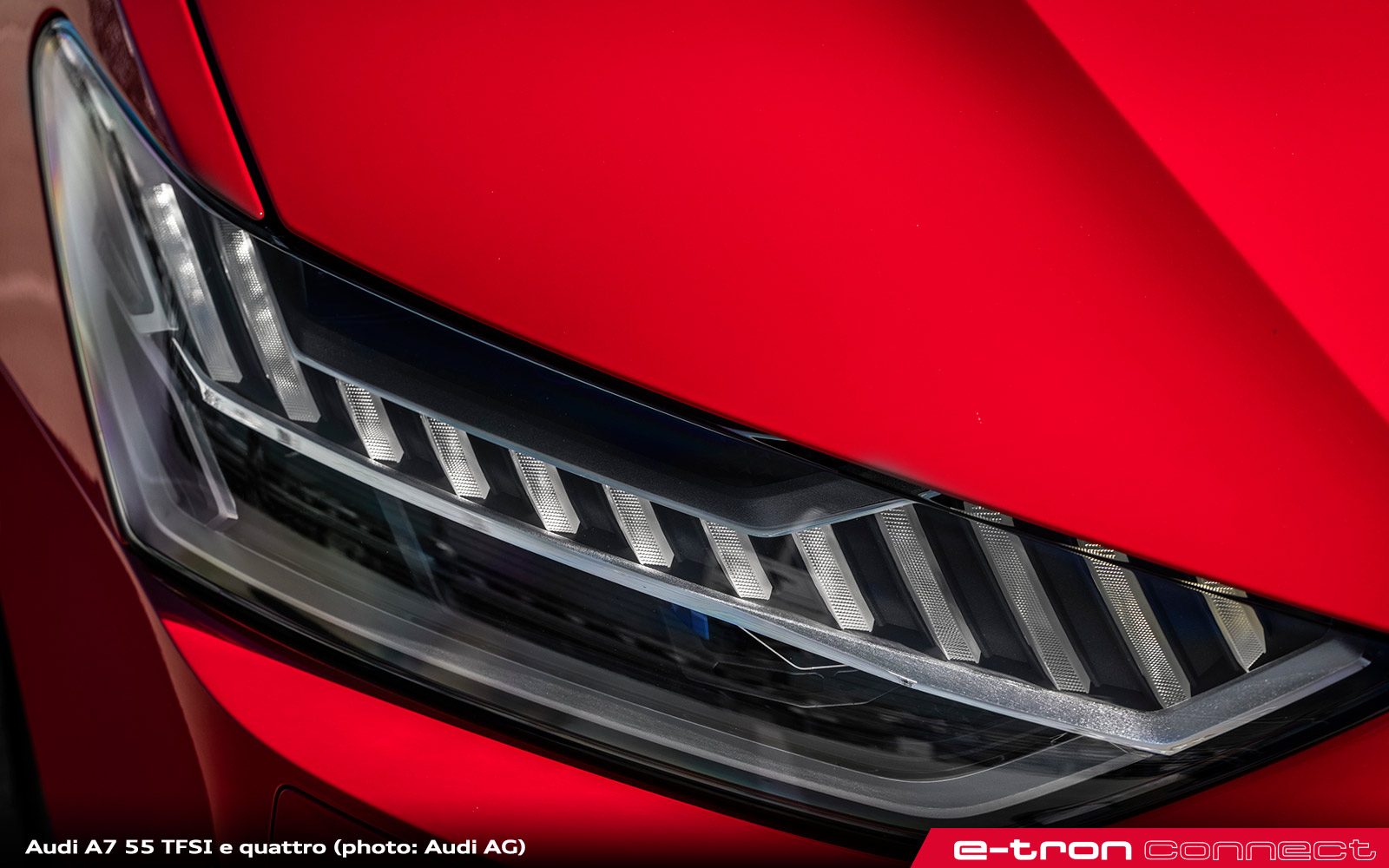

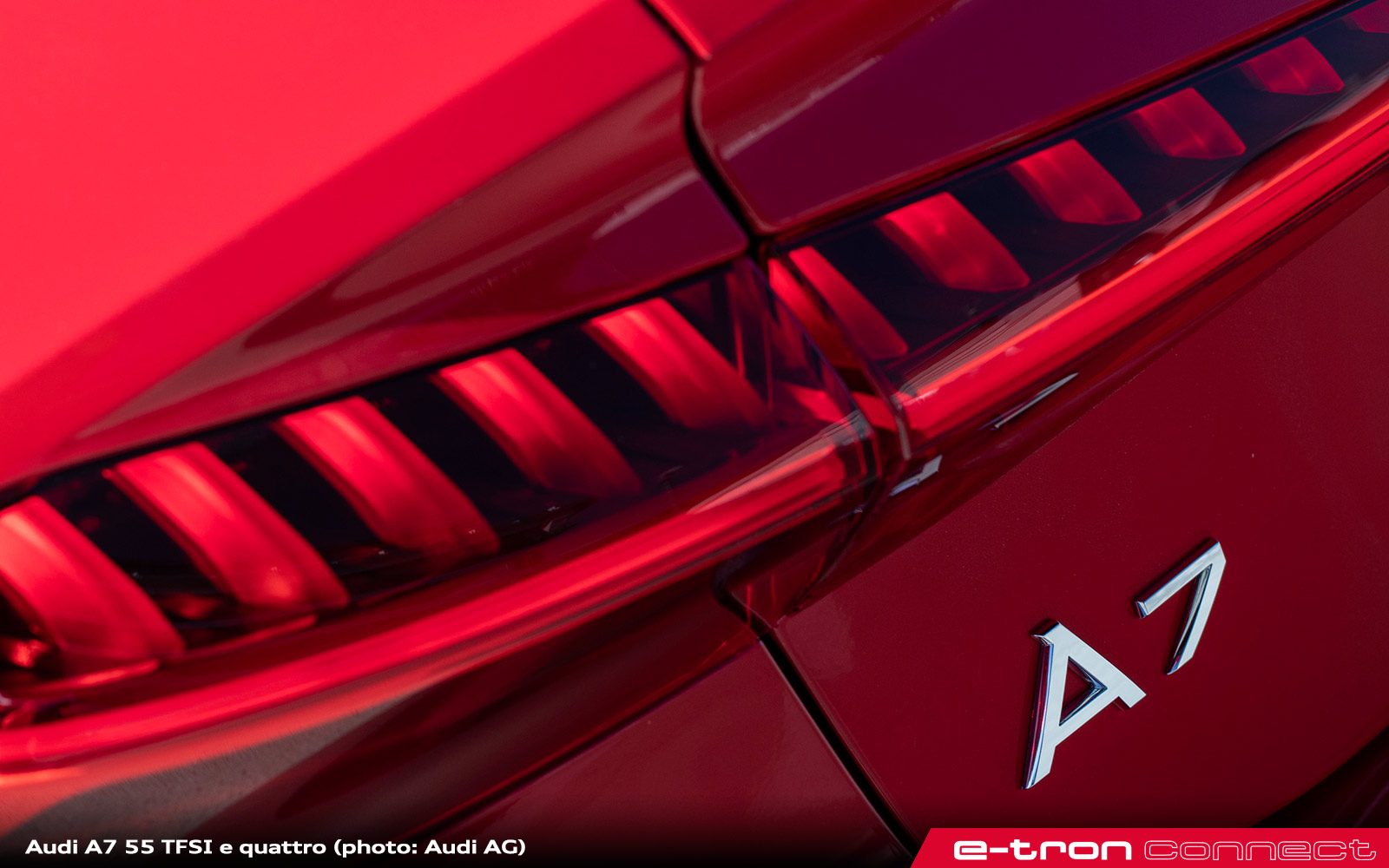
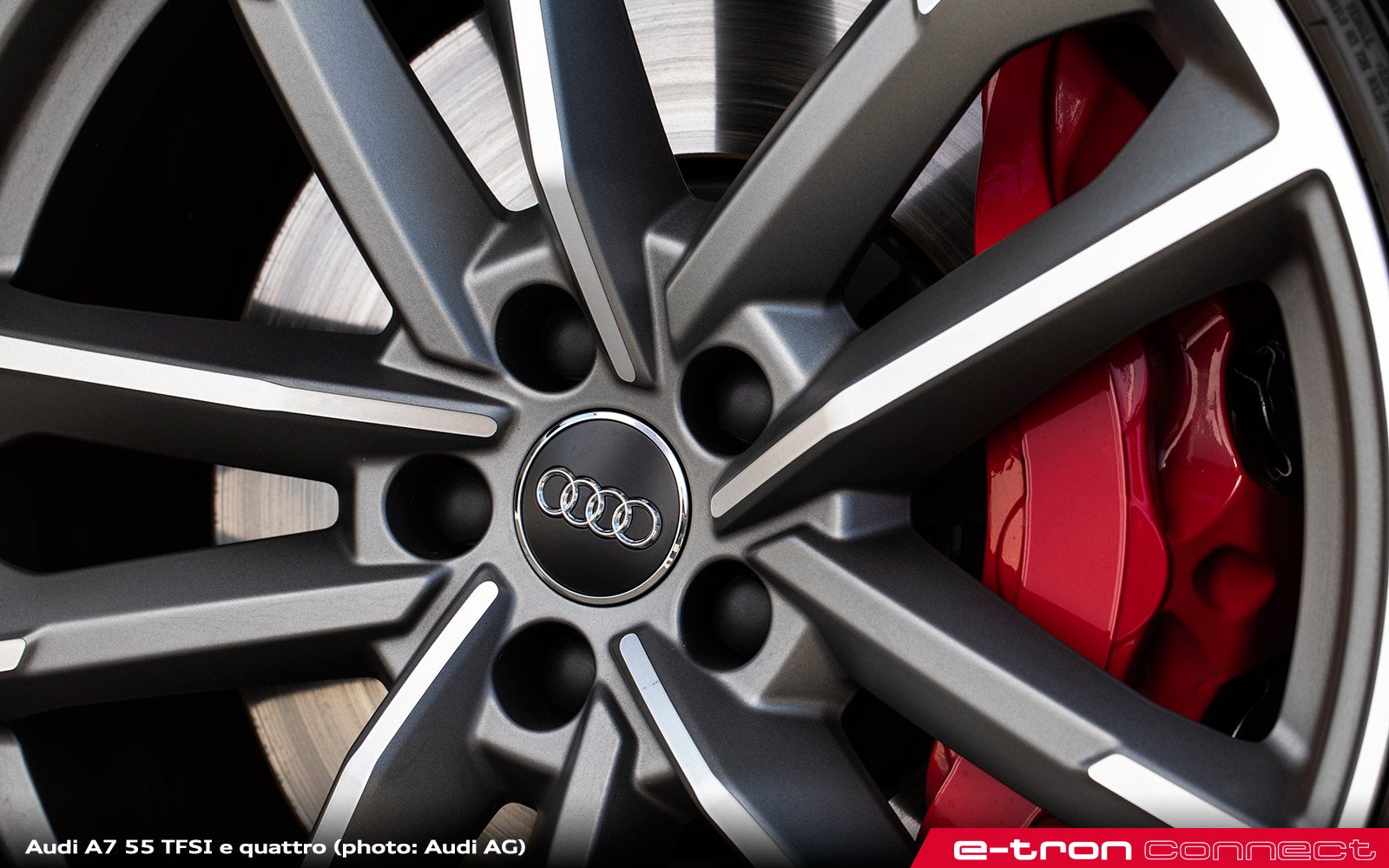
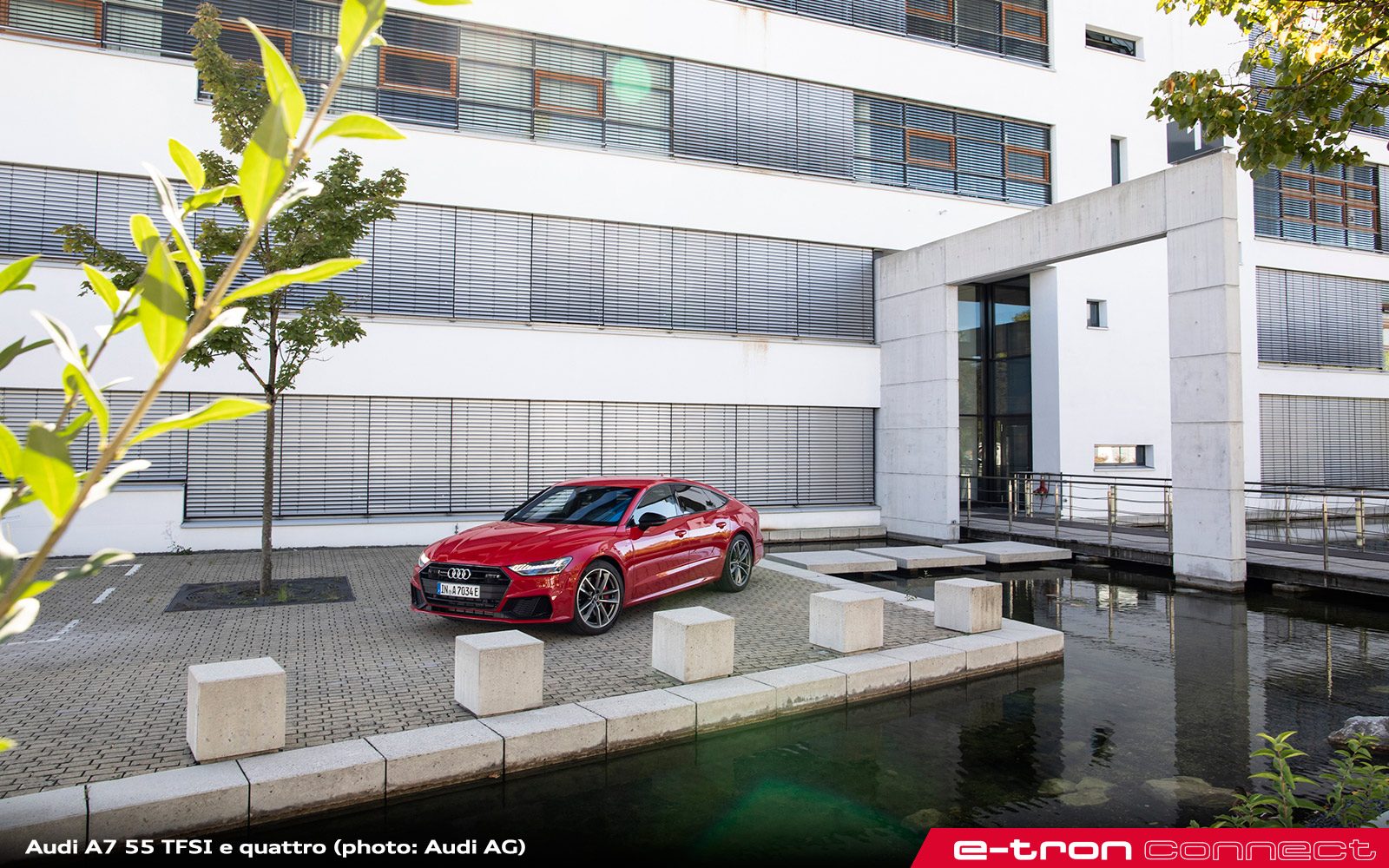
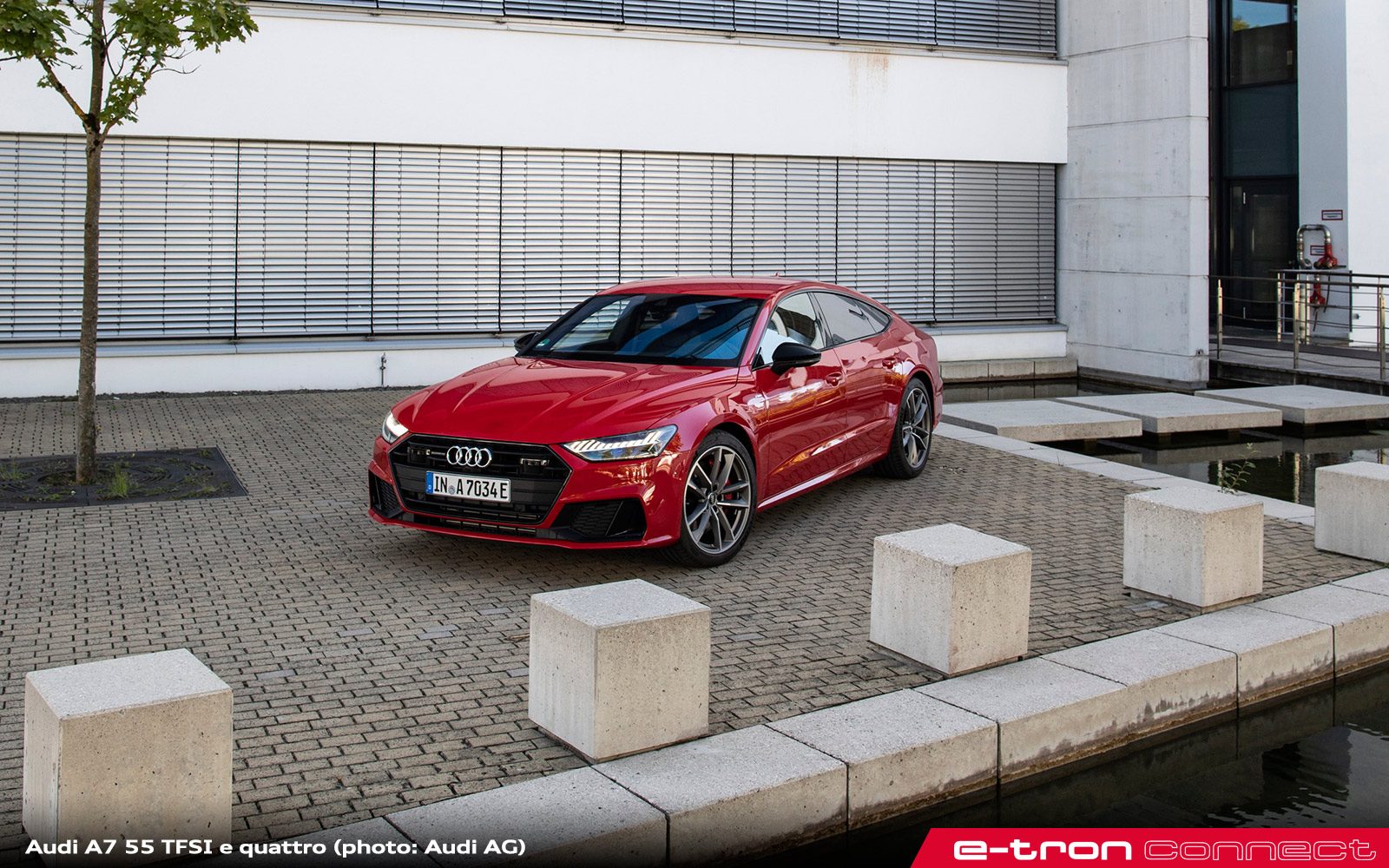
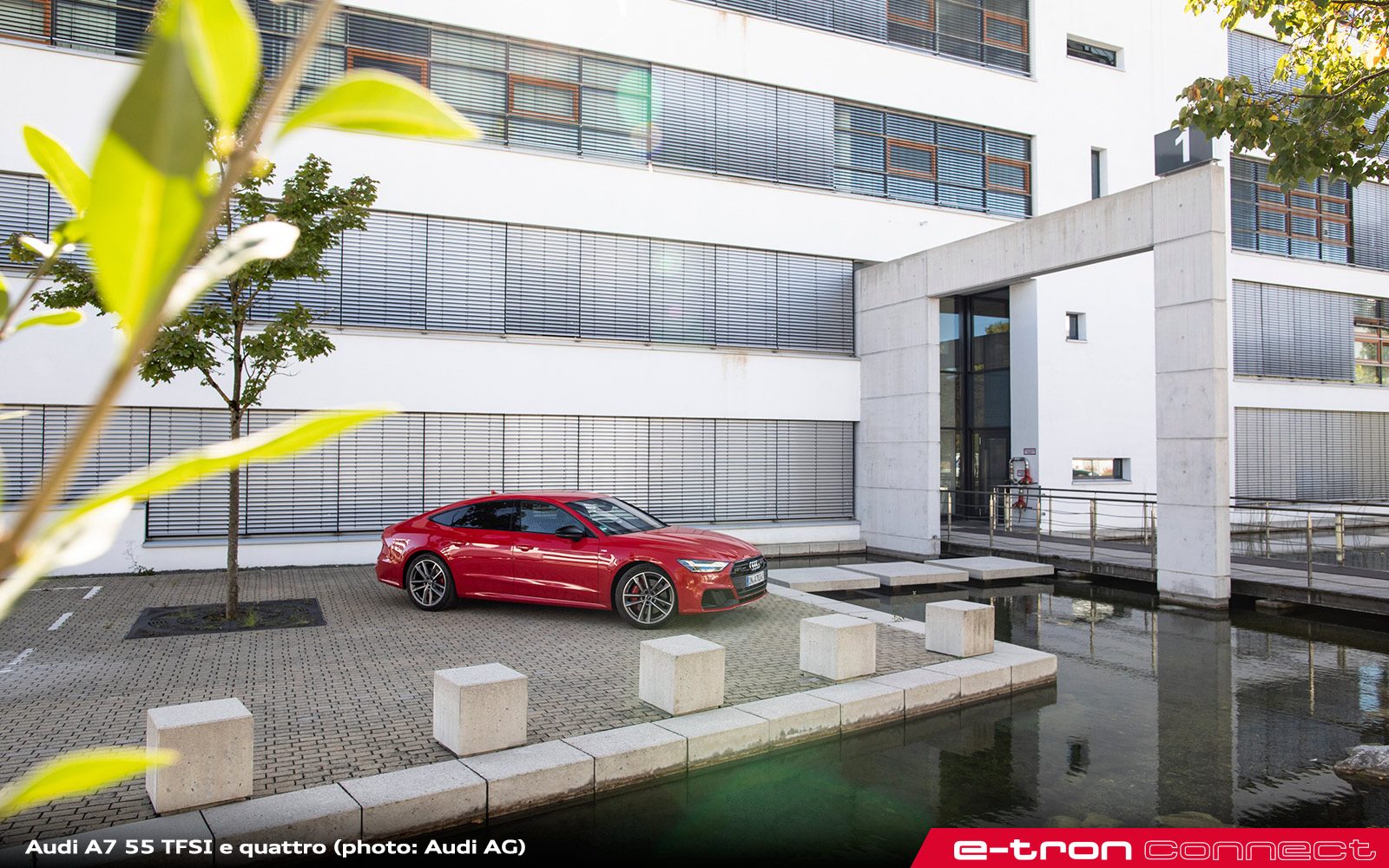
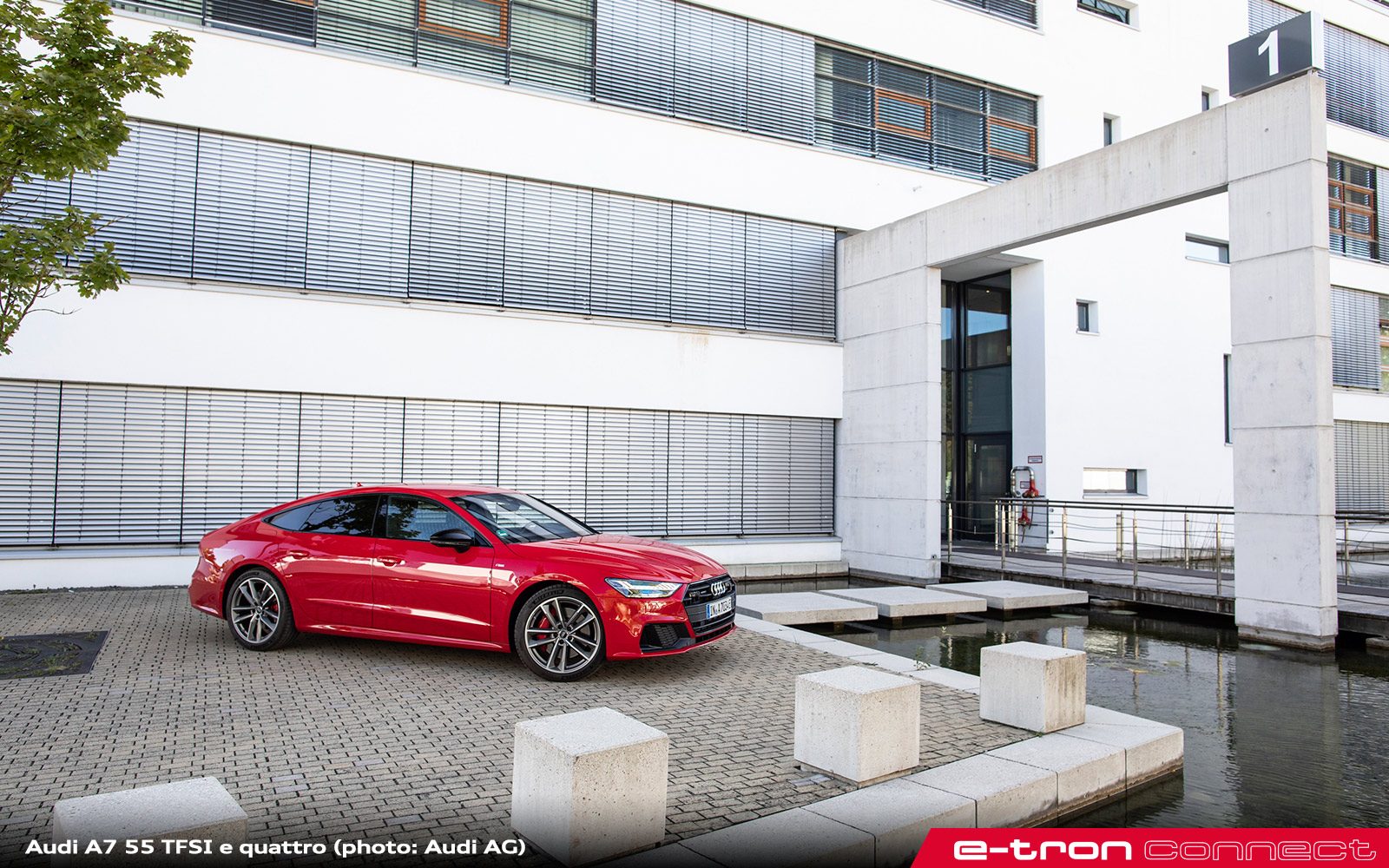



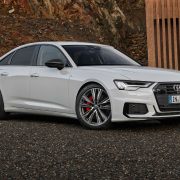

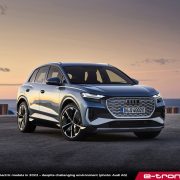
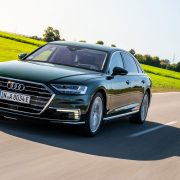



Leave a Reply
Want to join the discussion?Feel free to contribute!